Travel to Northern Spain
Here is my suggestion for a two weeks travel to beautiful northern Spain. The best season to travel there is the Spring, while weather is good, car rental prices are reasonable and most places are still not too crowded with tourists. You can start your vacation in one of the international airports in the north part of Spain, or as I did, start from the capital city, Madrid. If you also plan to return to Madrid at the end, you should plan at least a day of driving in each direction.
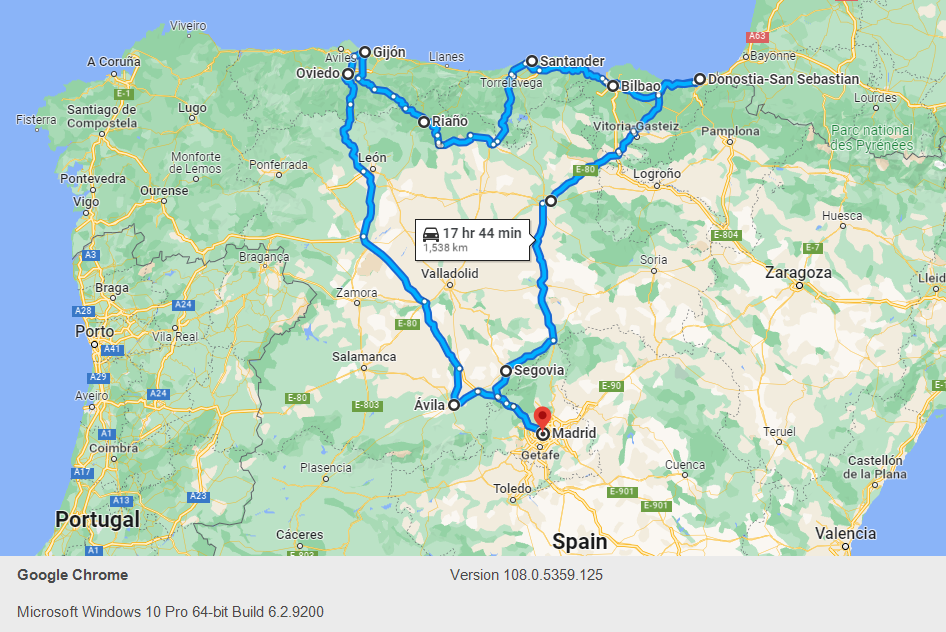
Madrid is the capital and largest city of Spain. It is located in the center of the Iberian Peninsula, and is known for its rich history, culture, and monuments. The city is also known for its lively nightlife and its delicious traditional cuisine, and is home to many famous landmarks and attractions:
The Prado Museum, which features works by European masters such as Velázquez, Goya, and El Greco
The Retiro Park, a large park in the center of the city with gardens, a lake, and the Crystal Palace
The Royal Palace of Madrid, the official residence of the Spanish Royal Family
The Gran Via, a bustling shopping and entertainment street
The Thyssen-Bornemisza Museum, which houses a collection of art from medieval to contemporary times
The Templo de Debod, an ancient Egyptian temple that was gifted to Spain.
The Rastro, one of the largest flea markets in Europe, held on Sundays and public holidays.
These are just a few examples of the many things to see and do in Madrid, Spain.
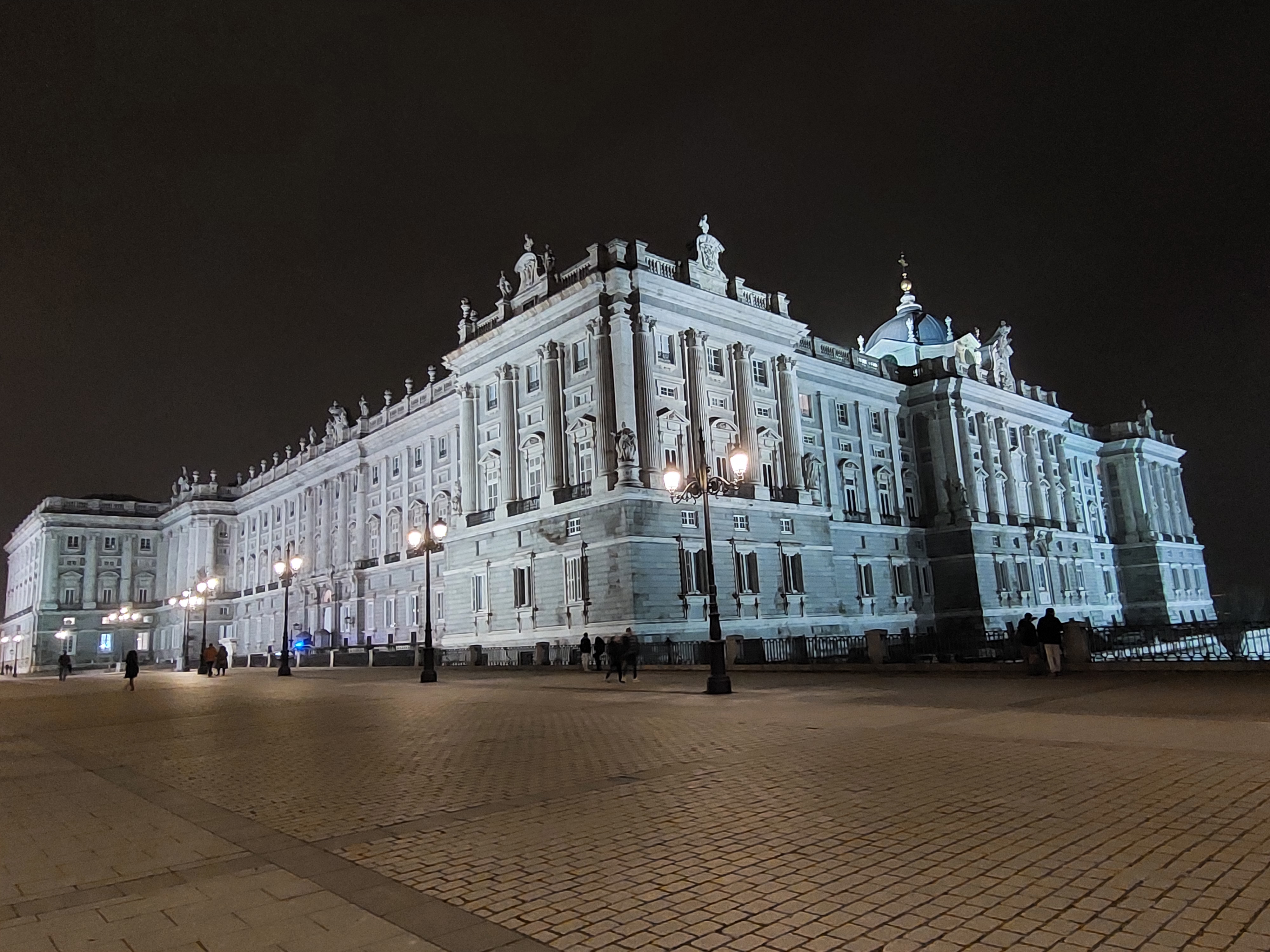
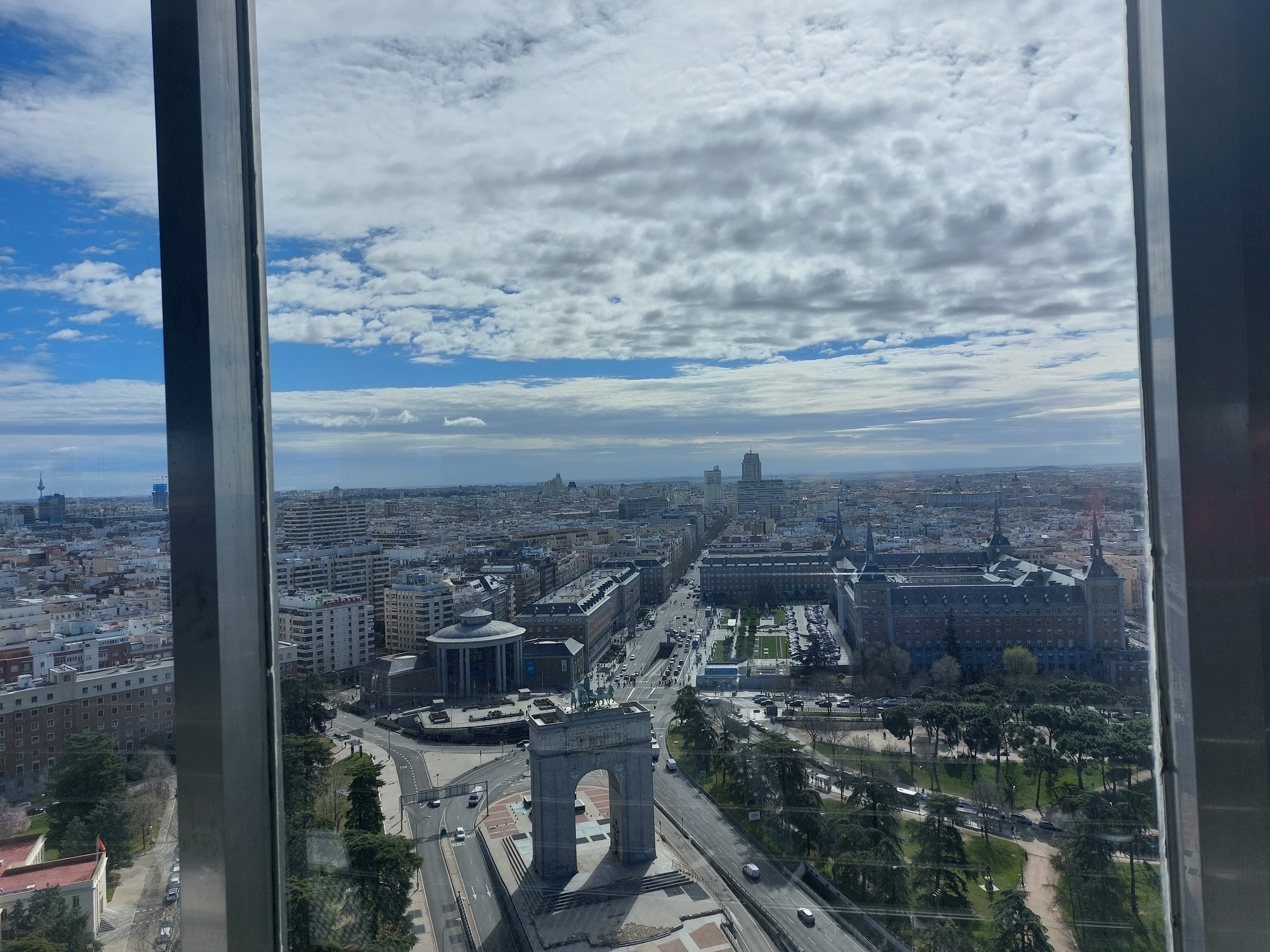
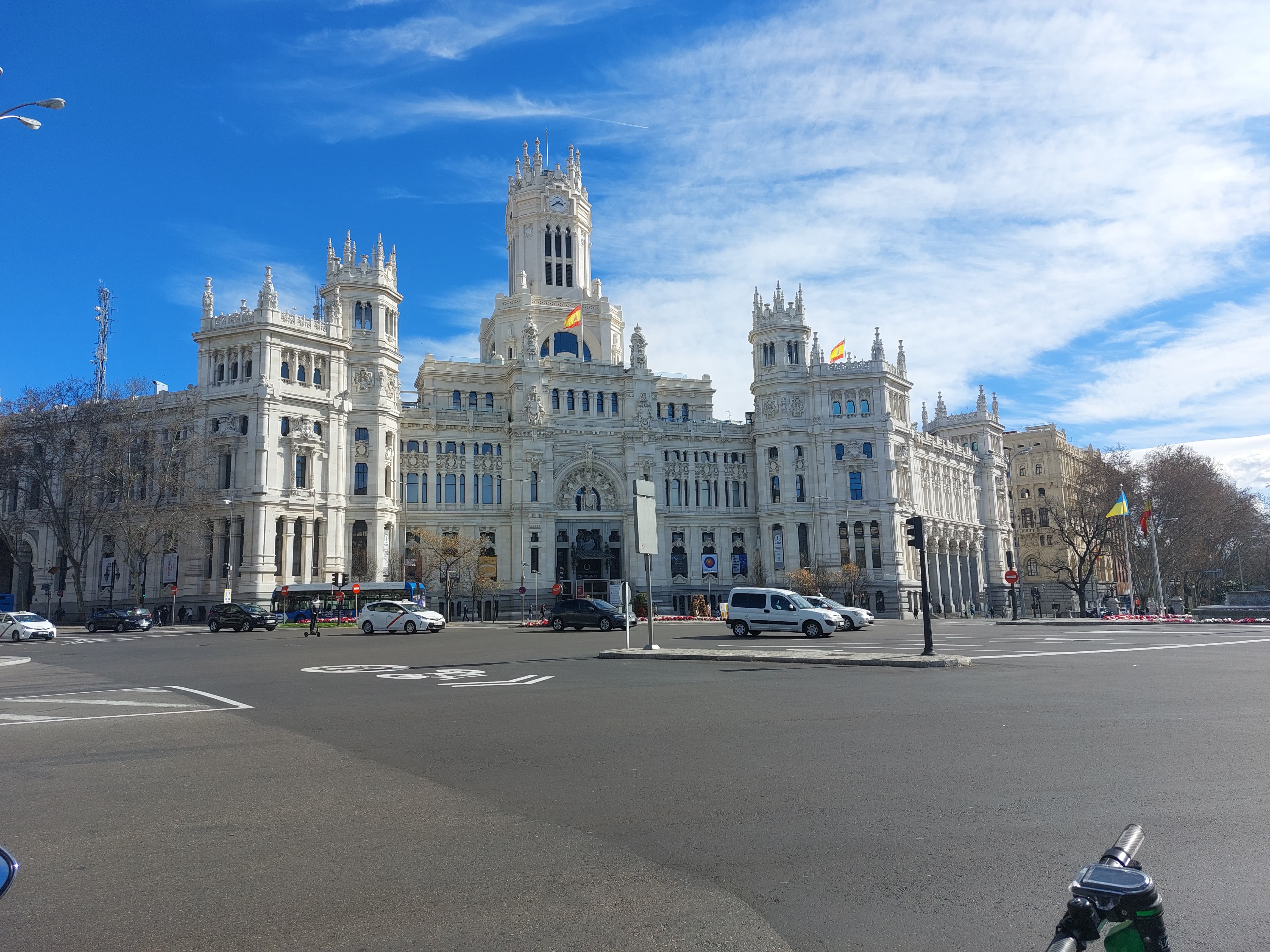
Leaving Madrid, our first stop in our way to the north of Spain was the city of Avila. Avila is a historic city located in the Castilla Leon region of Spain. There are many things to see and do in Avila, but if you are short on time don’t miss the city walls: Avila is known for its well-preserved medieval city walls, which date back to the 11th century. You can walk along the walls and enjoy views of the city and the surrounding countryside. Also don’t miss the old city and the Cathedral of Avila. This Gothic-style cathedral is one of the main attractions in Avila. It was built in the 12th and 13th centuries and is home to a number of valuable works of art.
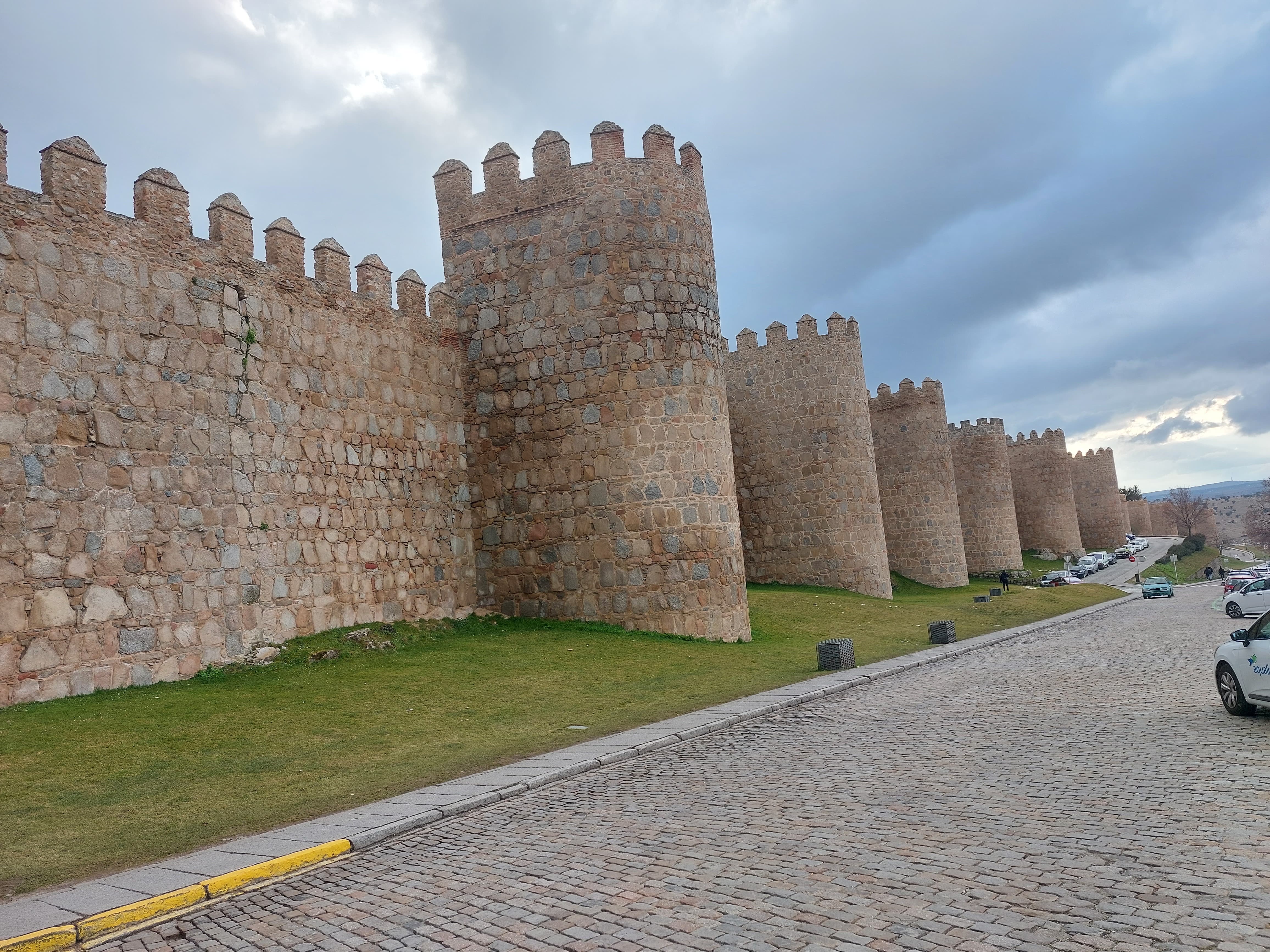
Our next stop was Oviedo, a historic city located in the north of Spain, in the region of Asturias. Known for its well-preserved medieval architecture and its rich cultural heritage, Oviedo offers a variety of things to see and do for visitors, both in the old city and the modern part of town. You may want to visit the Cathedral of San Salvador. This is a Gothic-style cathedral that dates back to the 14th century. It houses a number of valuable works of art, including the famous “Cross of the Angels,” which is considered one of the most important examples of Asturian pre-Romanesque art. Also don’t miss the Church of San Isidoro del Campo, a pre-Romanesque church located outside the city center and known for its well-preserved frescoes and its intricate stone carvings. Another attractions are the Palace of San Juan, a medieval palace that now serves as the city’s art museum, and Campo de San Francisco, a public square located in the city center, surrounded by historical buildings, such as the San Francisco Church, a perfect spot to relax and enjoy a coffee in a traditional setting.
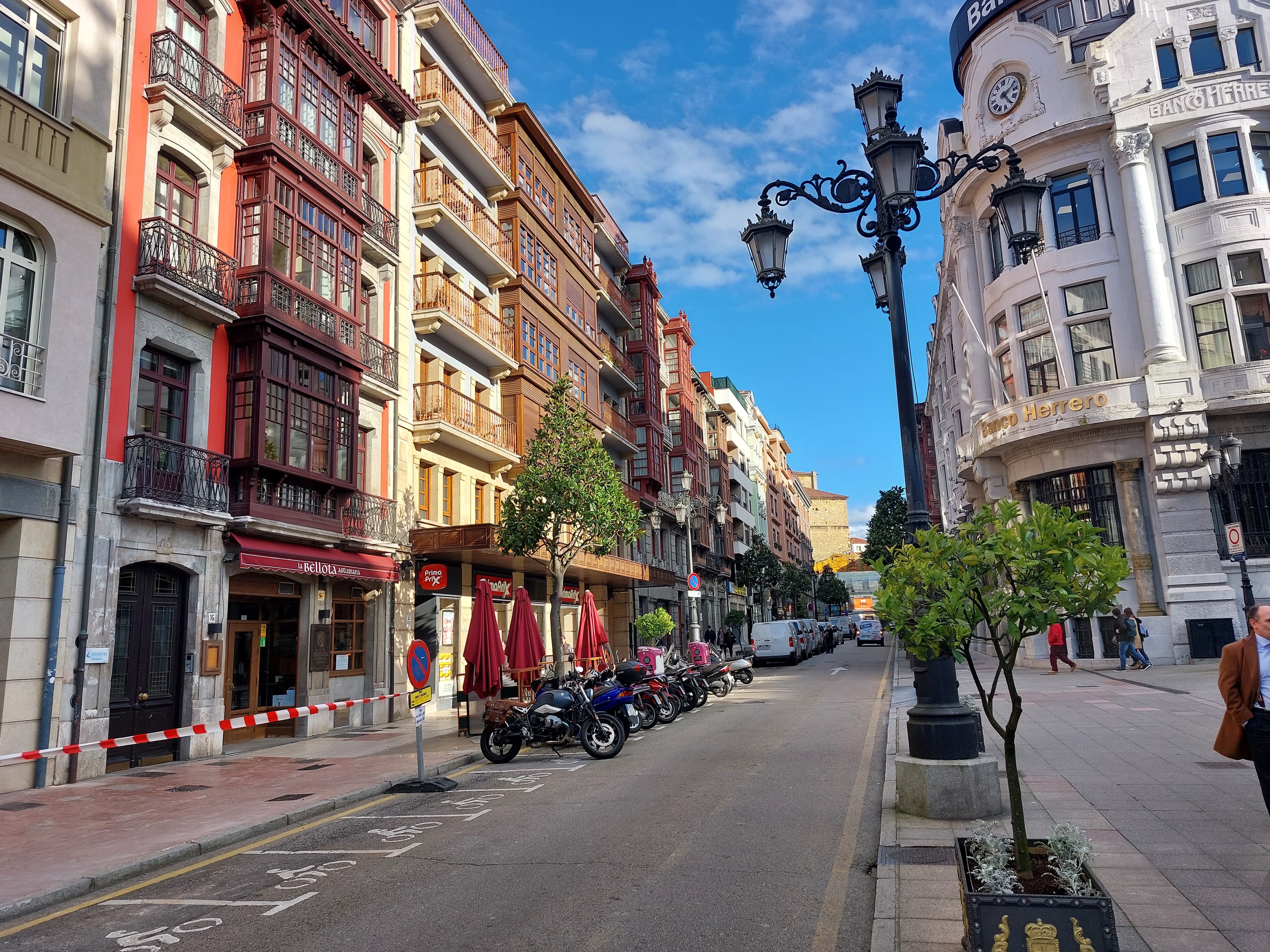
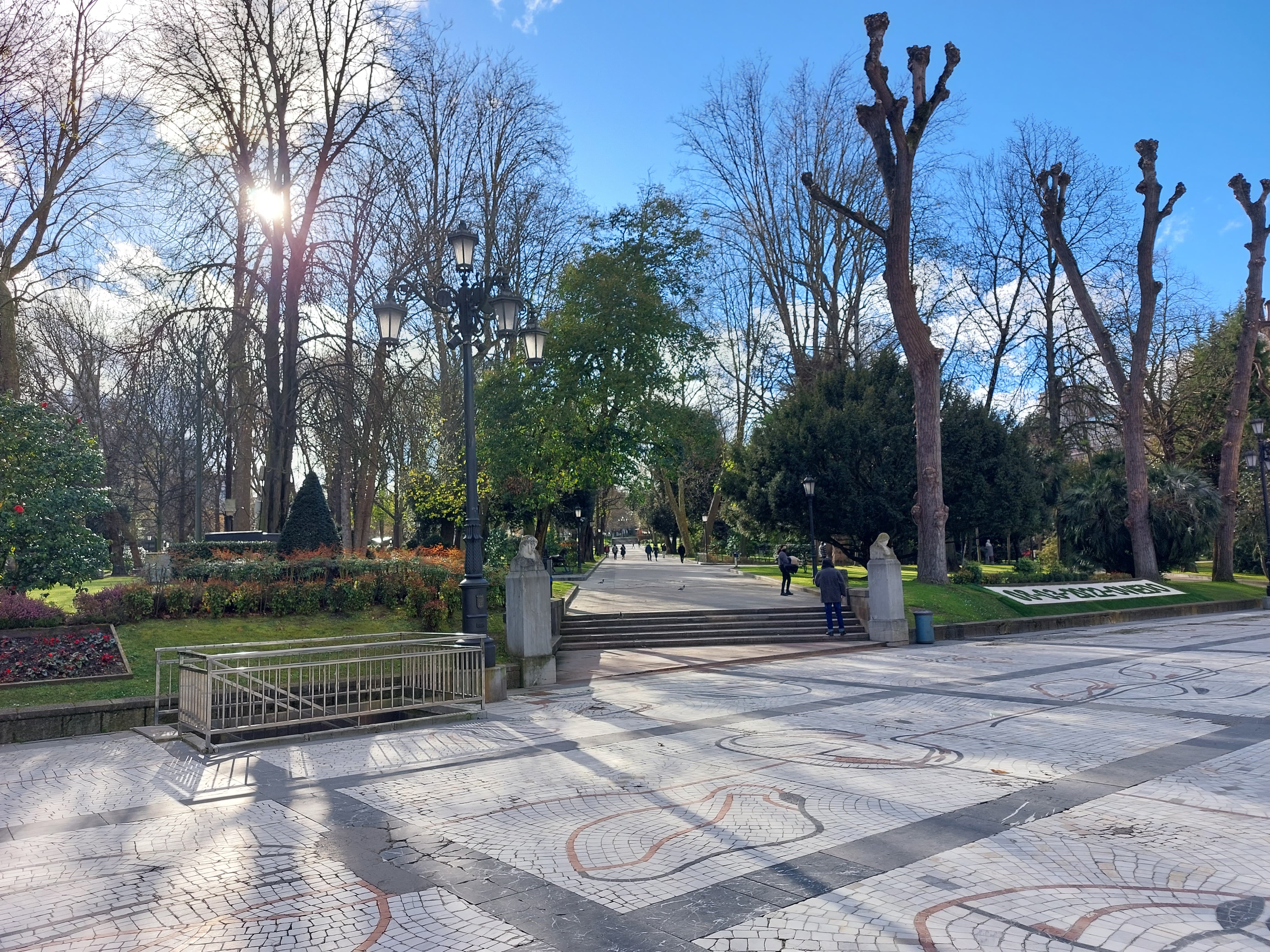
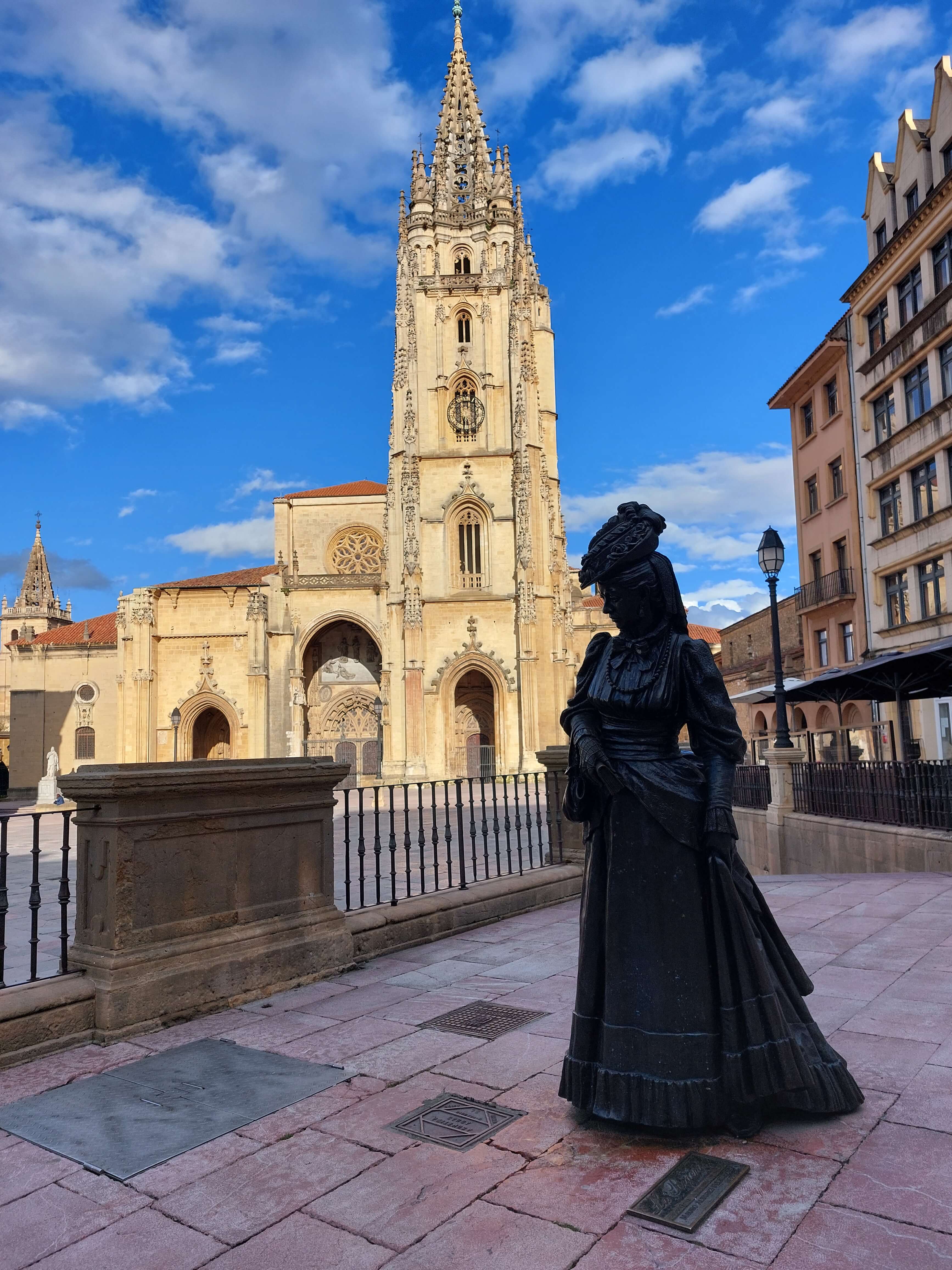
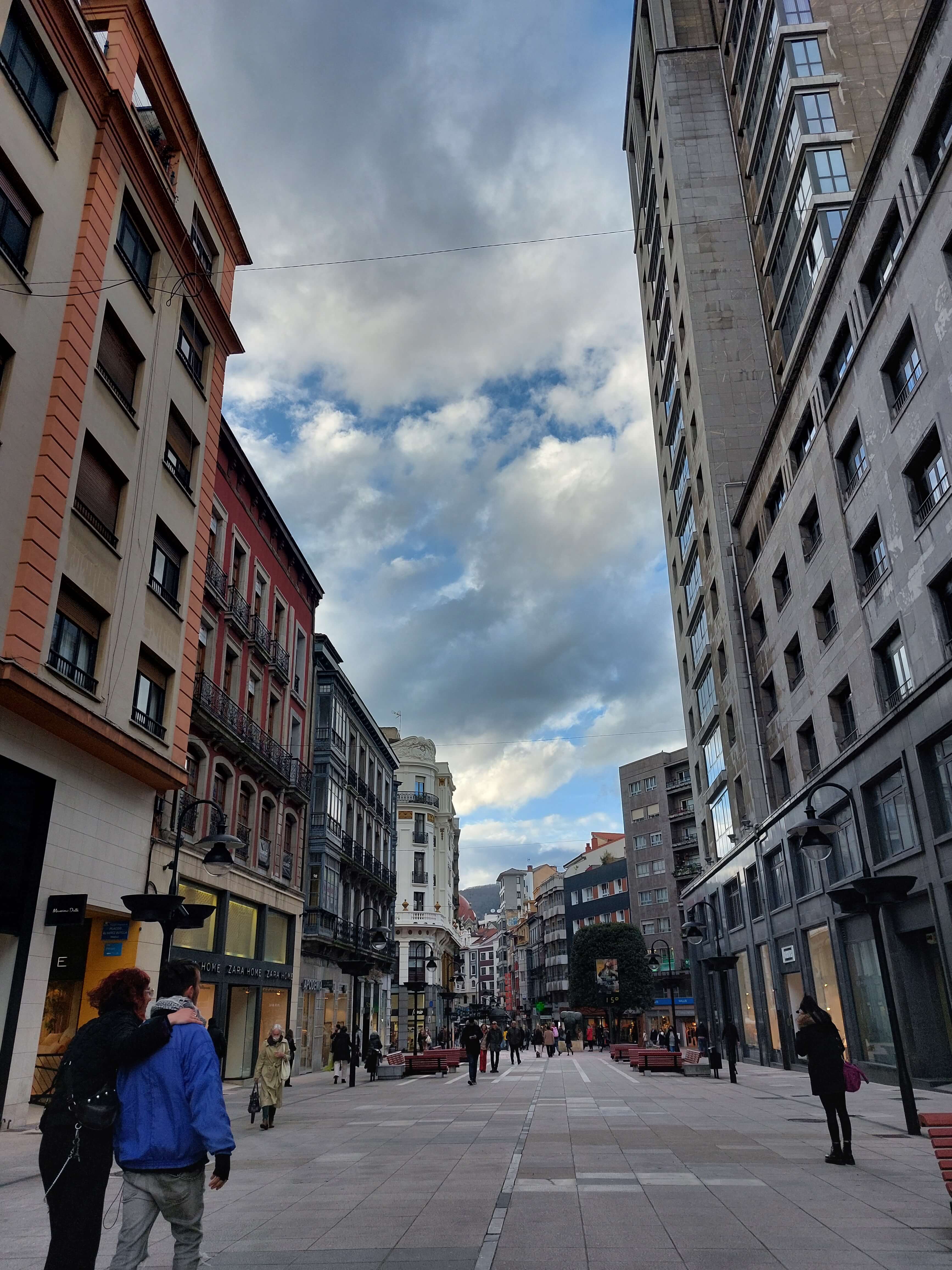
Not too far from Oveido, less than an hour drive, you will find the city of Gijón which is a coastal city located in the north of Spain, in the region of Asturias. Known for its industrial heritage and its lively port, Gijón offers a variety of things to see and do for visitors, such as: The Jardines de Pereda, a series of gardens that overlook the Bay of Biscay, it’s a perfect spot to relax and enjoy the sea views. El Laberinto, a historical district of the city that once housed the city’s working-class community. Today, it’s a charming area filled with traditional Asturian houses, plenty of bars and restaurants, and also a number of street art. The Palace of Revillagigedo: This 18th-century palace is now home to the city’s art and history museum, it’s also considered one of the most representative buildings of Gijón. Also, do not miss the Marina, a lively spot for a stroll, especially at sunset time, and take a cable car ride over the estuary and enjoy the beautiful views of the city, the sea, and the nature reserve of the “Island of the Vultures”. Gijon is the perfect place to discover the Asturian culture and traditions, it’s a good idea to try traditional dishes such as “fabada” or “cachopo” and also to try the local cider, which is a important part of the Asturian culture.
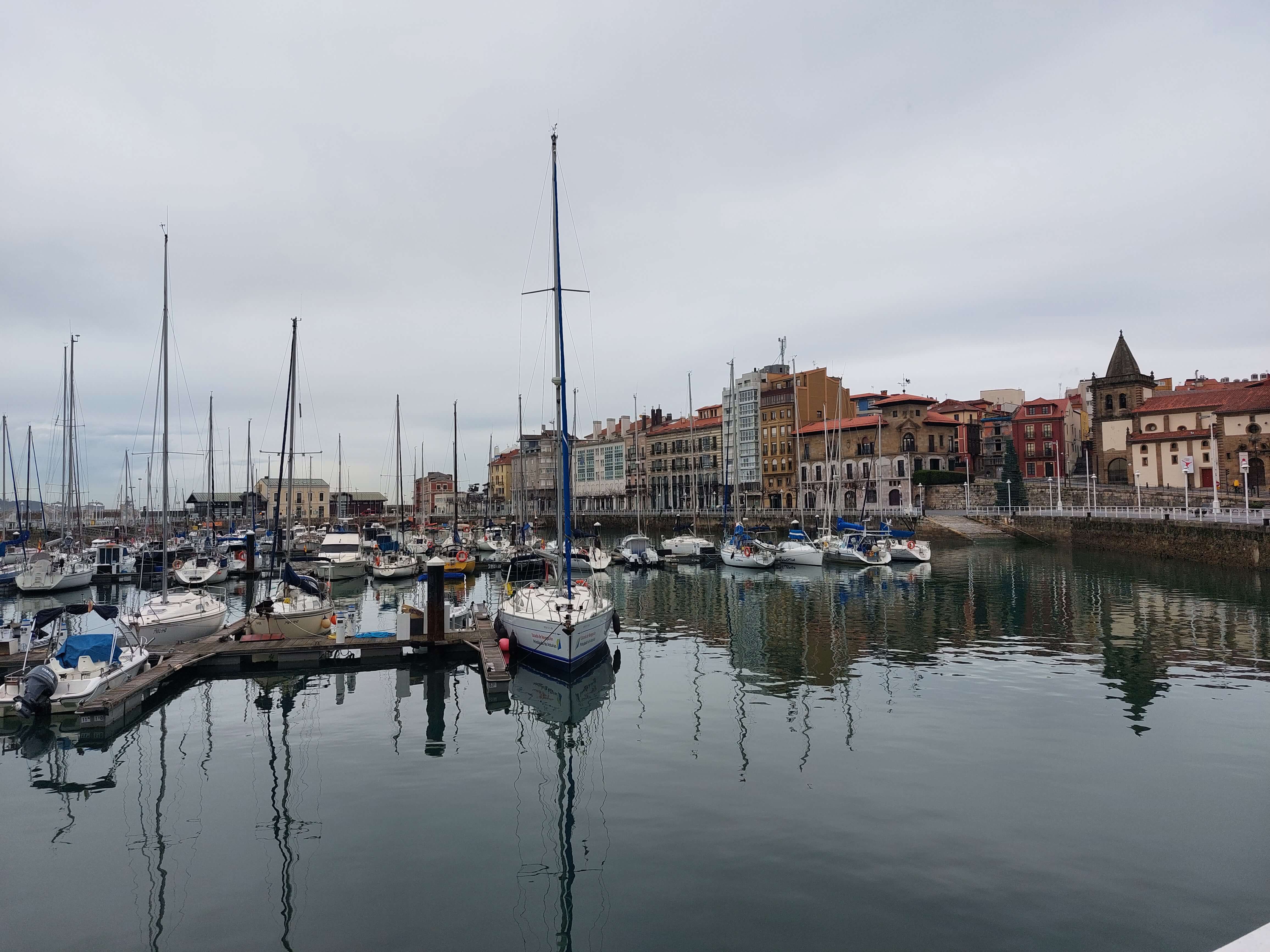
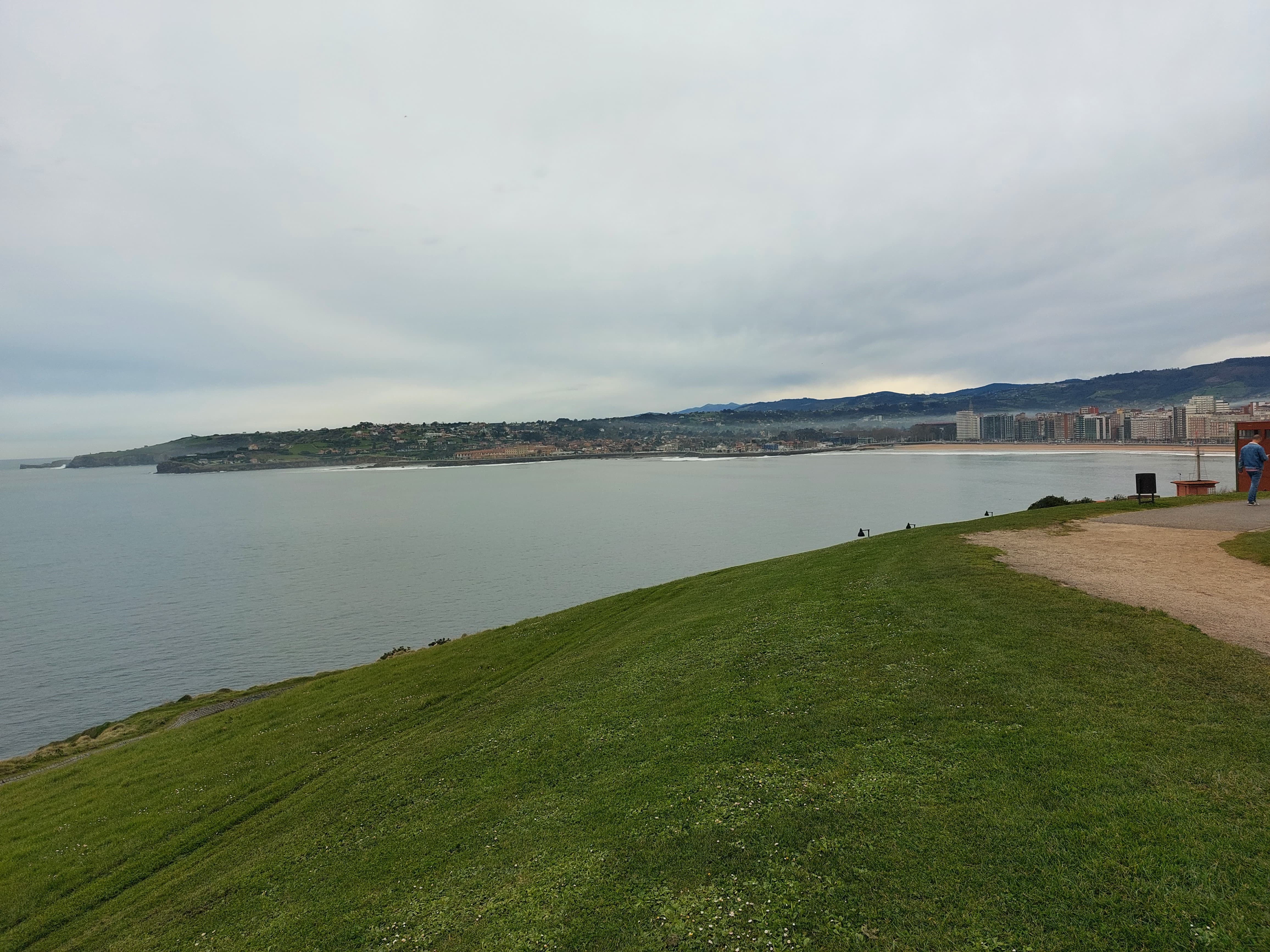
leaving Gijón after a good night sleep, we headed over to the Picos de Europa, a beautiful national park located in the Cantabria, Asturias, and León regions of northern Spain. The park is known for its spectacular mountain ranges and rugged landscapes, including the Cordillera Cantábrica, which stretches for over 300 kilometers across northern Spain.
Some of the highlights of the park include: The Torrecerredo, at 2,648 meters, is the highest peak of the park and offers great panoramic views The Cares Gorge, a spectacular limestone canyon carved by the Cares River, which is popular for hiking and canyoning. The lakes of Enol and Ercina, which are located in the heart of the park and are popular for their scenic beauty and recreational activities like fishing and boating. The Vía de los Cares, a historic and scenic walking path that passes through the Cares Gorge, connecting the villages of Poncebos and Cain.
The park offers great opportunities for activities such as hiking, climbing, canyoning, skiing, fishing and birdwatching, making it a perfect spot for nature lovers and outdoor enthusiasts.
The Park’s also hosts a diverse range of flora and fauna, many of them endemic. Some of the species that can be found on the park are the Brown Bear, Wolf, and Lammergeier. It is advised to spend there 1-2 days at least, enjoying nature and the great panoramic views.
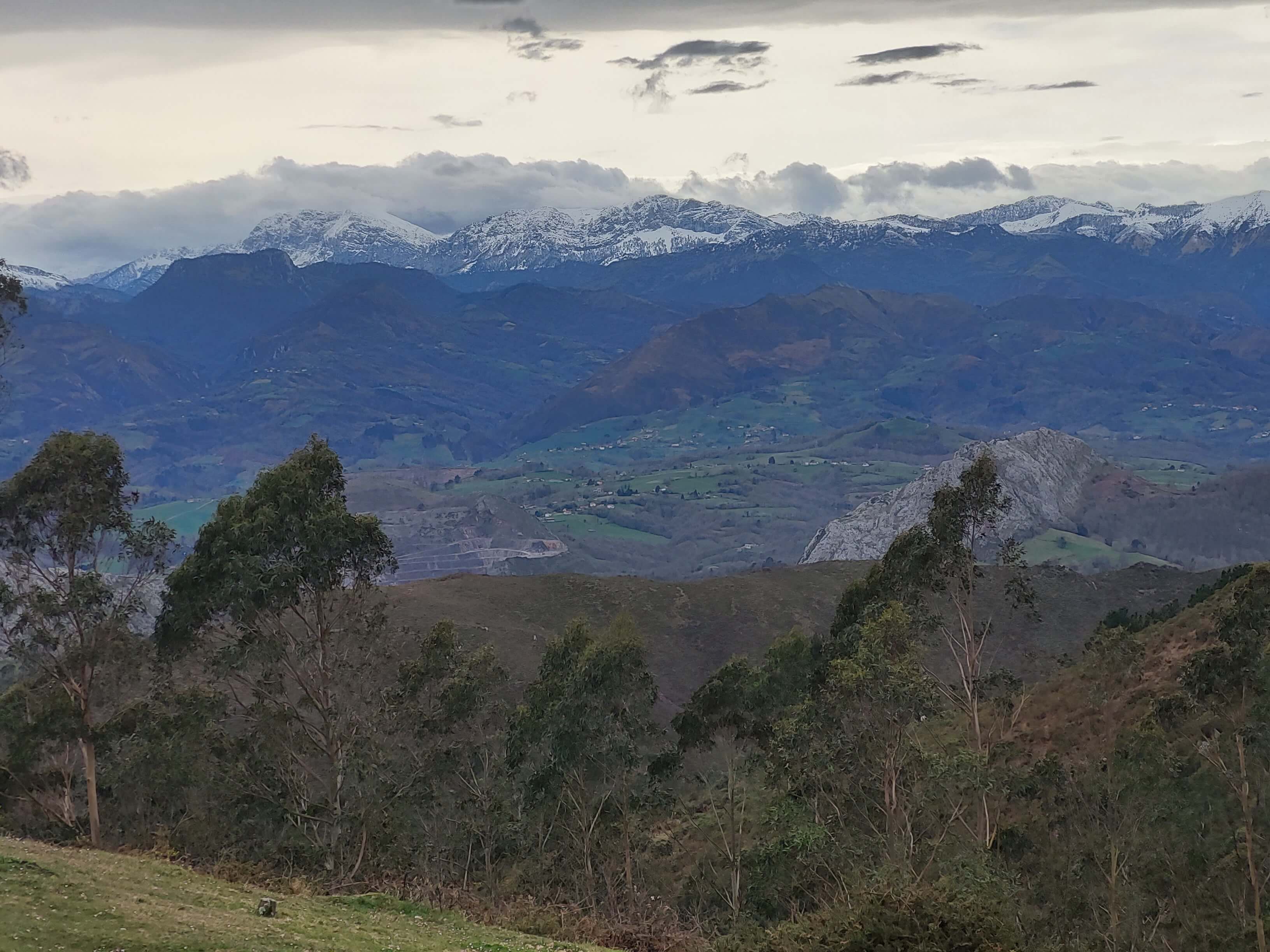
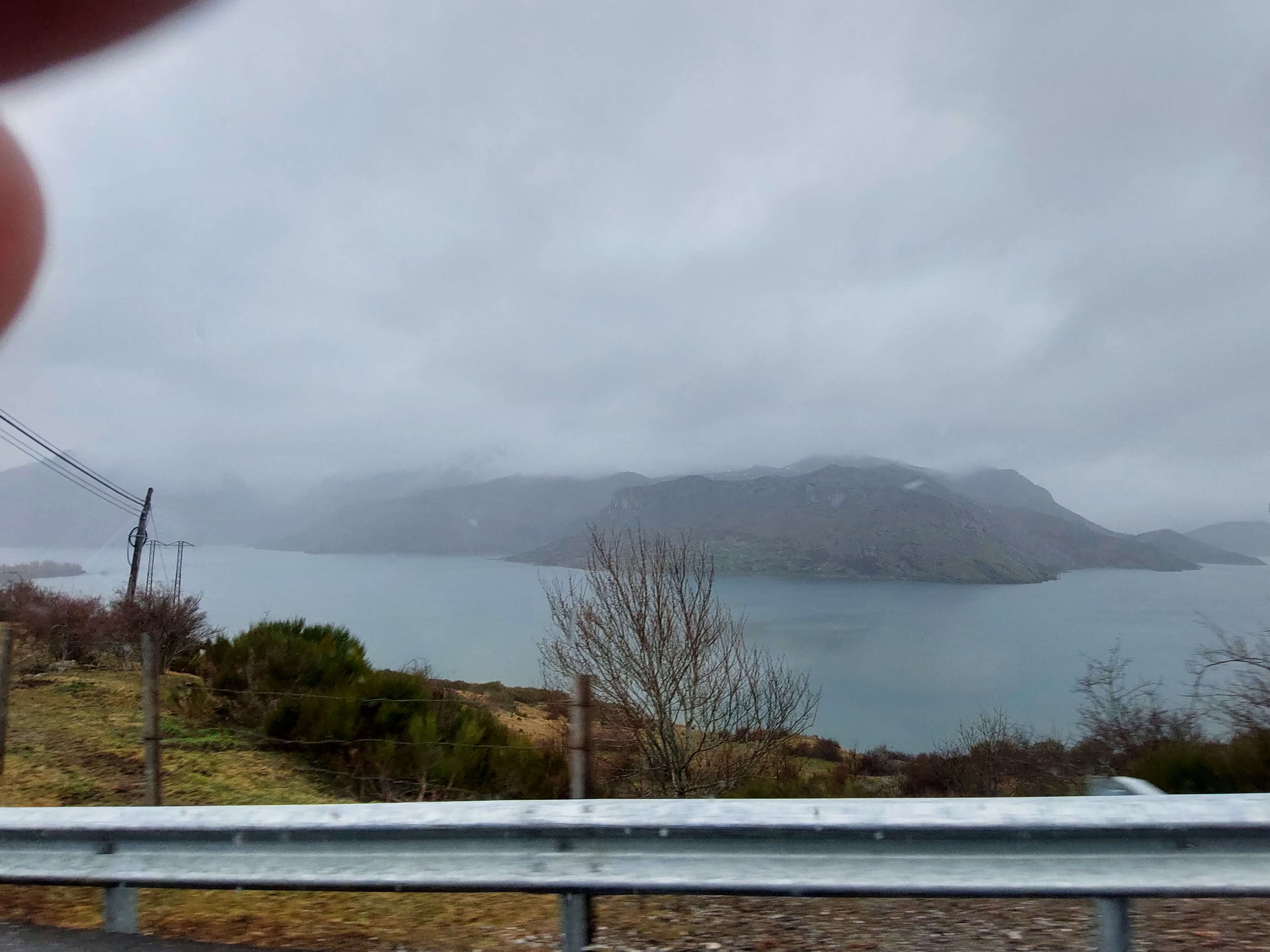
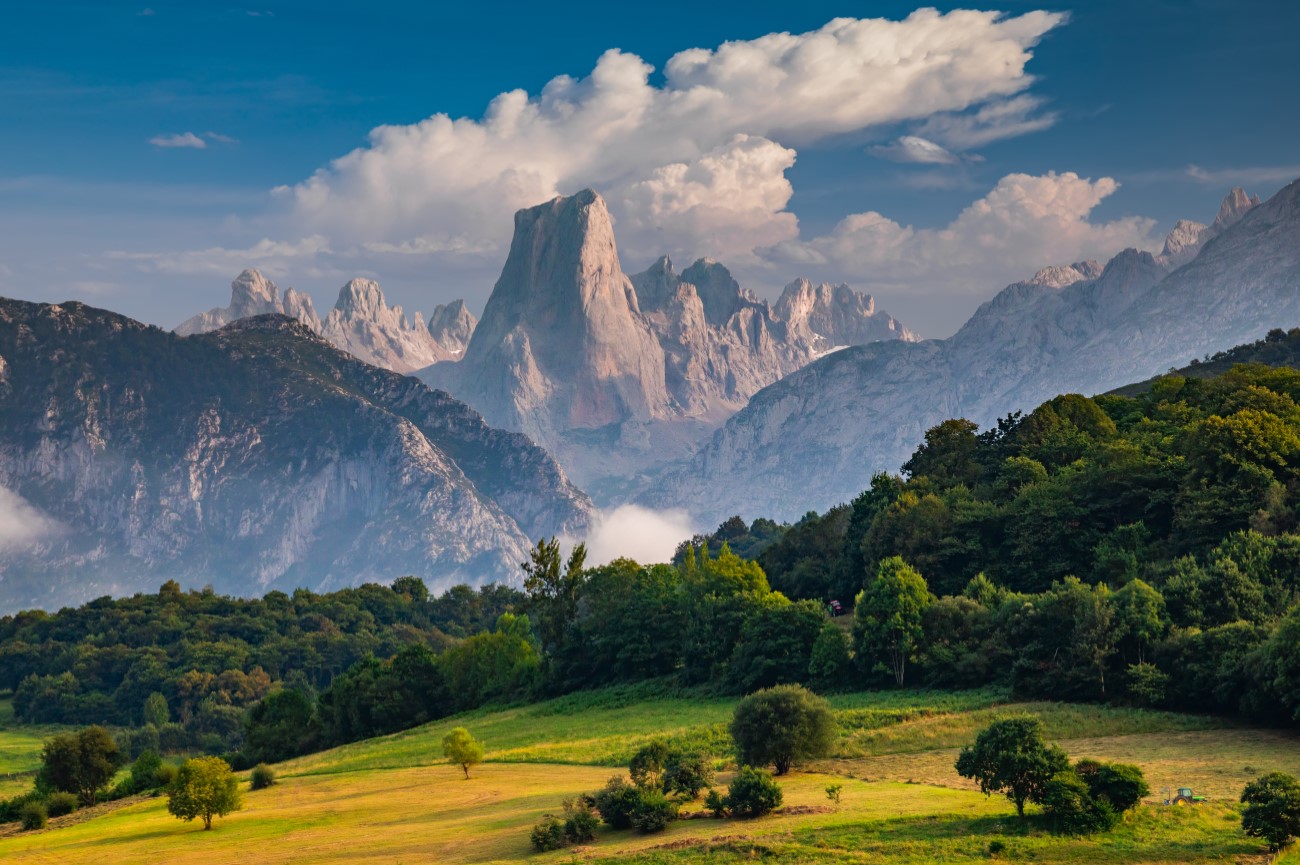
San Vincente de la Barquera is a small coastal town located in the region of Cantabria and and well worth spending a night or two there. The town is known for its beautiful beaches, its rich cultural heritage, and its natural surroundings. Some highlights of San Vincente de la Barquera are: Playa de San Vincente, a beautiful beach known for its fine sand and crystal clear waters, a perfect spot for swimming, sunbathing, and water sports. The Roman Bridge, an ancient Roman bridge that dates back to the 1st century AD, it’s one of the most emblematic landmarks of the town and it crosses the Deva River. The Sanctuary of the Virgin of La Barquera, a pre-Romanesque church located on a hilltop overlooking the town, it’s a pilgrimage site for Catholics and it’s known for its beautiful architecture. The Castle of La Barquera: This is a medieval fortress located on a hilltop overlooking the town, it’s a great place to visit and it offers panoramic views of the town and the surrounding coastline.
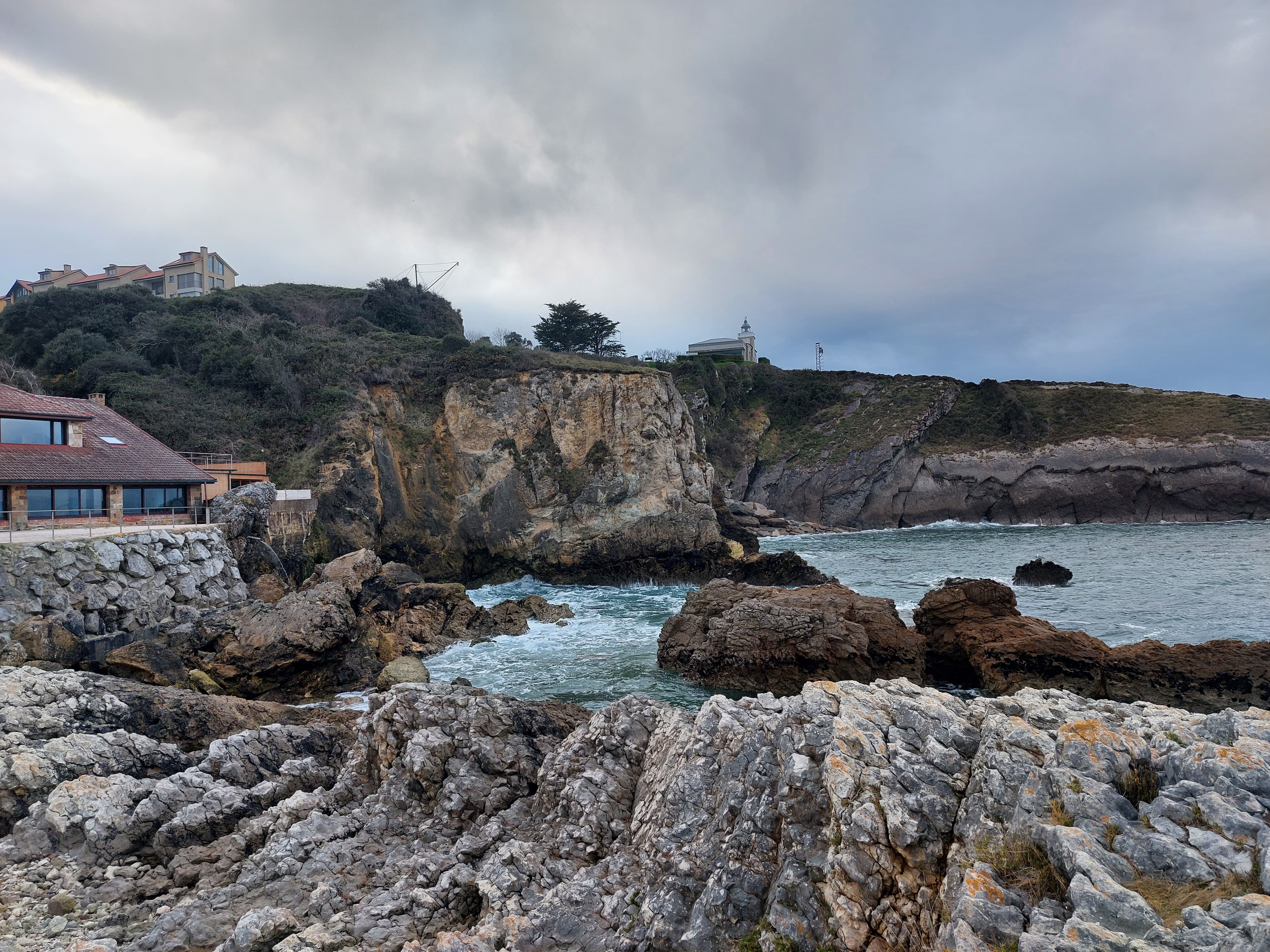
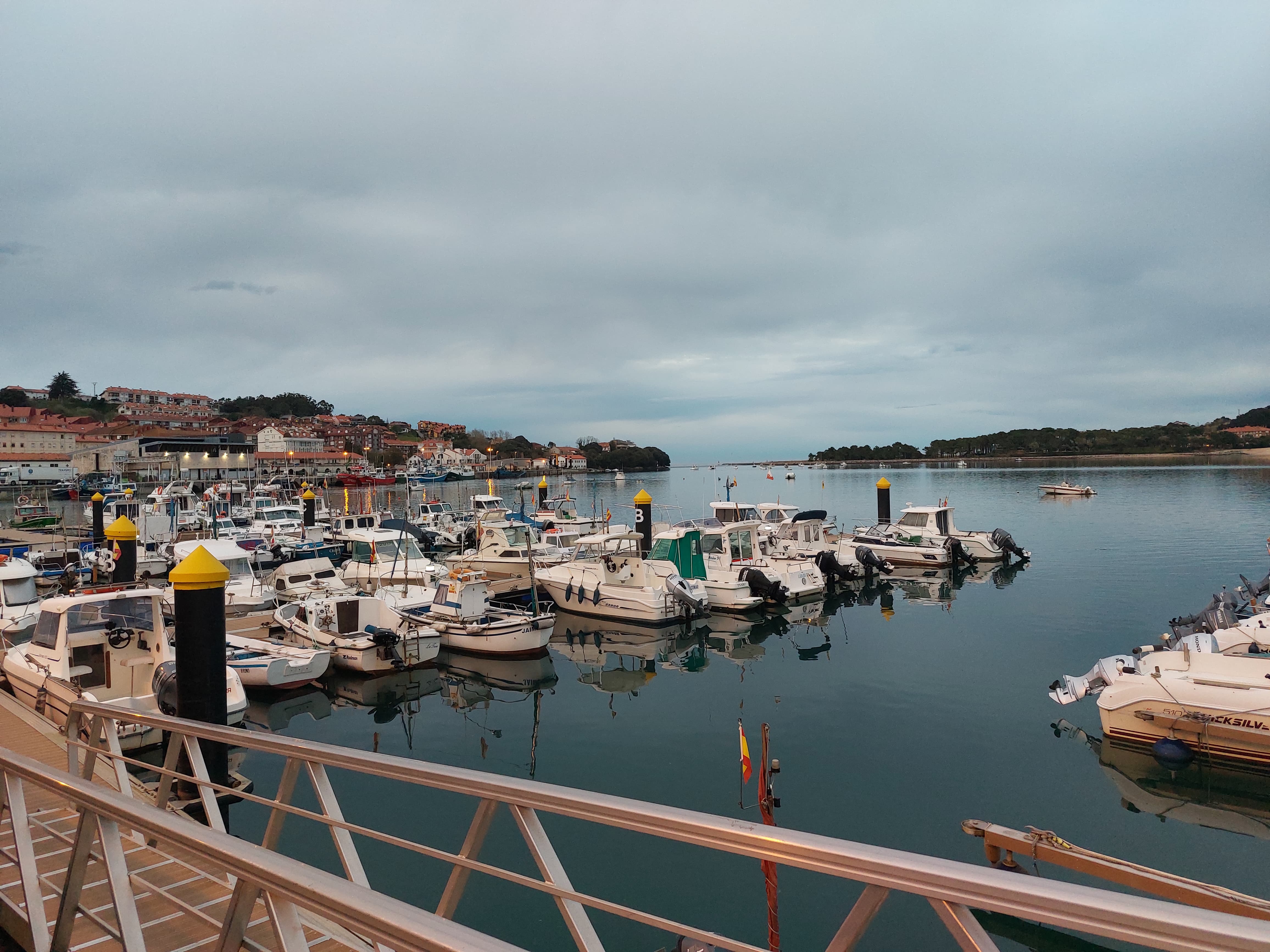
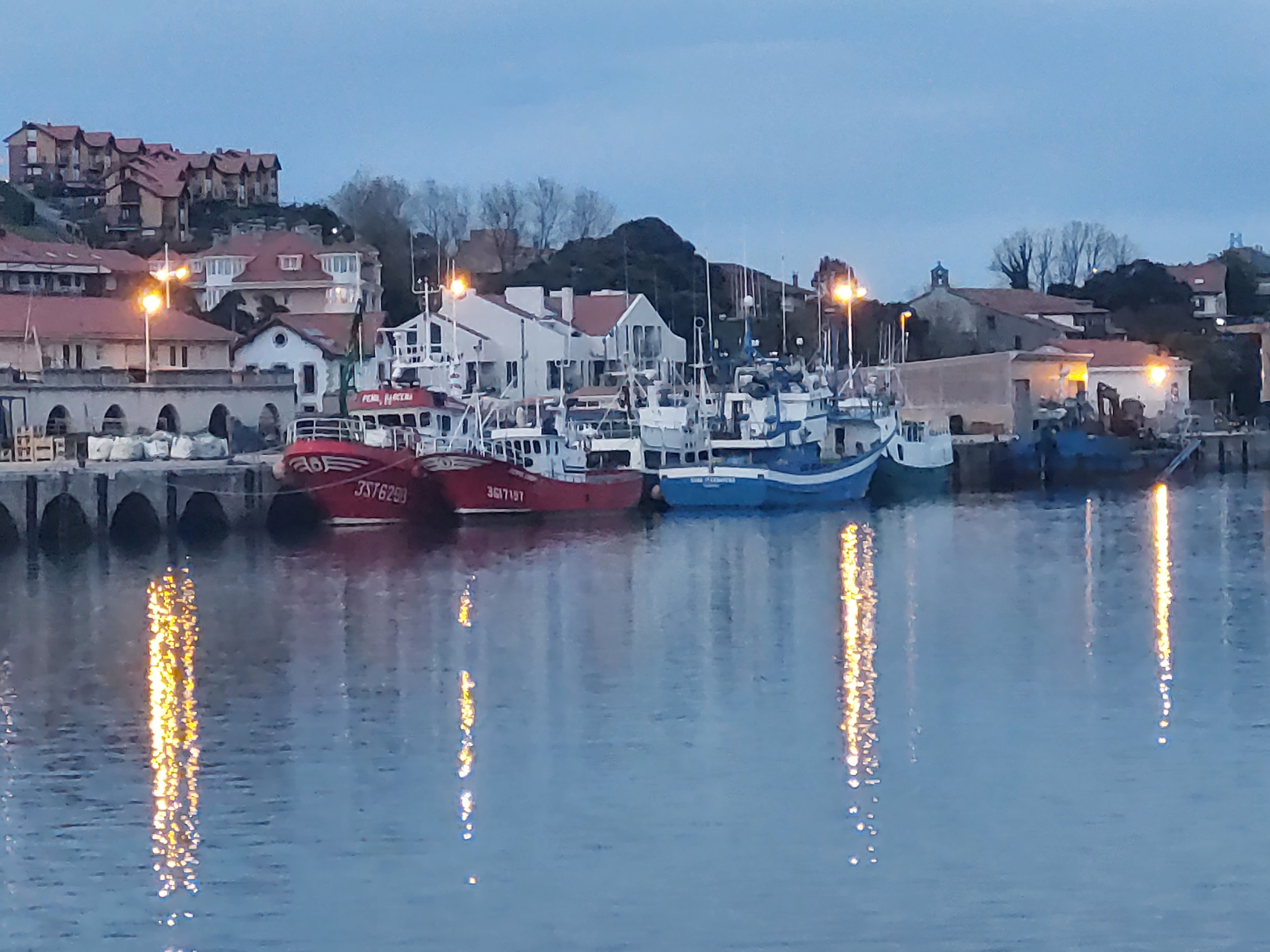
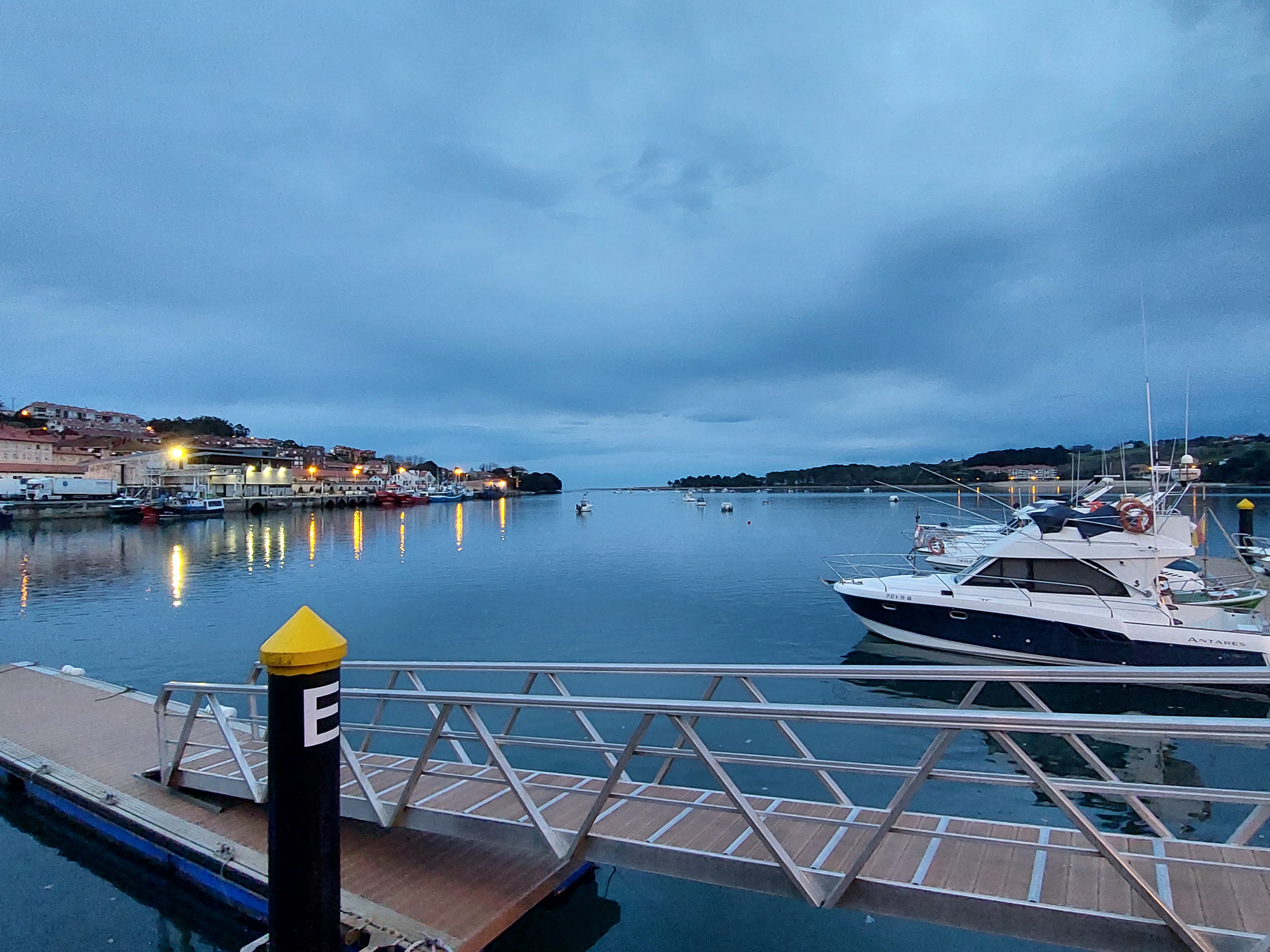
Our next planned stop was Santander, however, we decided to get off route a little to visit the Santillana del Mar, a small town in the Cantabria region of northern Spain. It is known for its well-preserved medieval architecture and charming cobblestone streets. just enjoy few hours walk around the old town to see it’s highlight: The Colegiata de Santa Juliana, a Gothic church dating back to the 14th century. The Palacio de Velarde, a Renaissance palace that now houses a museum of the region’s history. The Plaza del Marqués, a picturesque square surrounded by historic buildings, including the town hall. Santillana del Mar is a great destination for visitors interested in history, culture, and traditional architecture and well worth the extra time.
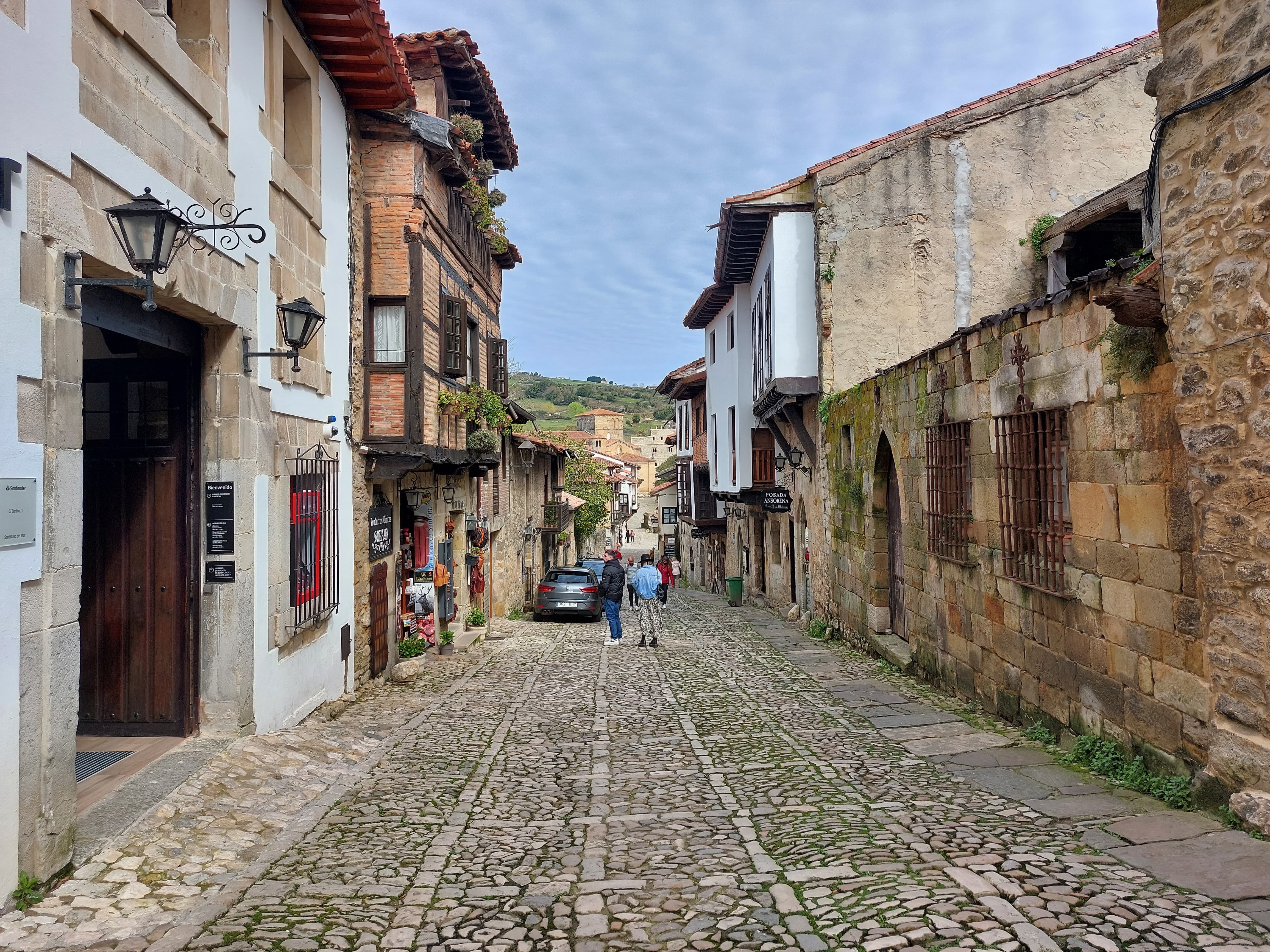
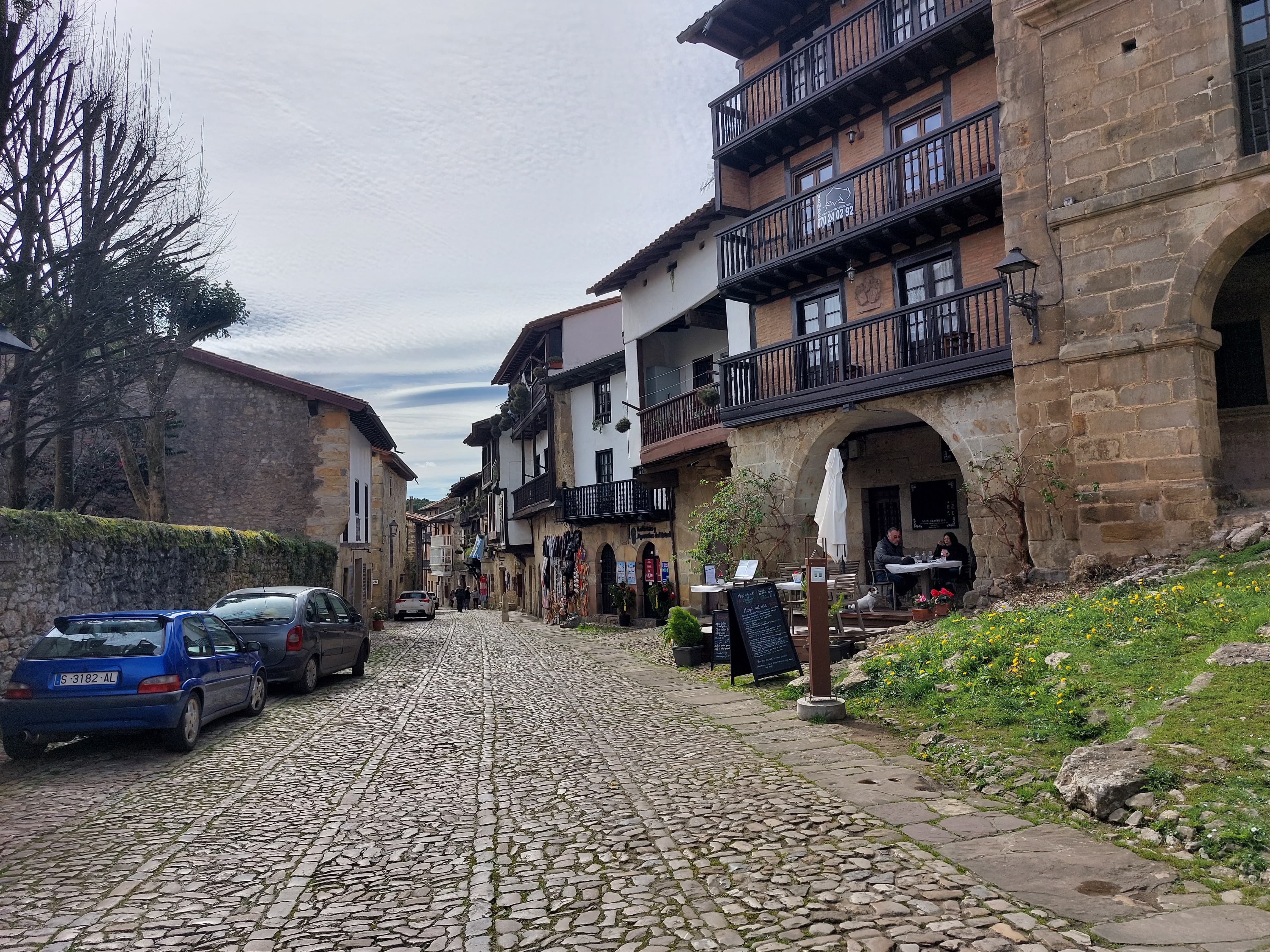
Our next stop was Santander, a coastal city located in the north of Spain, in the region of Cantabria. There are many things to see and do in Santander, such as
Palacio de la Magdalena: This is a palace located on a peninsula in the Bay of Santander. It was once the summer residence of the Spanish royal family and is now open to the public.
El Parque del Cerro de la Reina: This is a hilltop park that offers panoramic views of the city and the Bay of Santander. It is a good place for a walk or a picnic, and also is the location of the Castle of La Reina. Cathedral de Santander: The Cathedral of Santander, also known as the Cathedral of Our Lady of the Assumption, is a Gothic-style church that dates back to the 14th century. Inside, you can see an impressive wooden altarpiece from the 16th century. Visit the old town of Santander, where you will find charming streets, colorful houses, and locals in the streets enjoying a traditional pintxo.
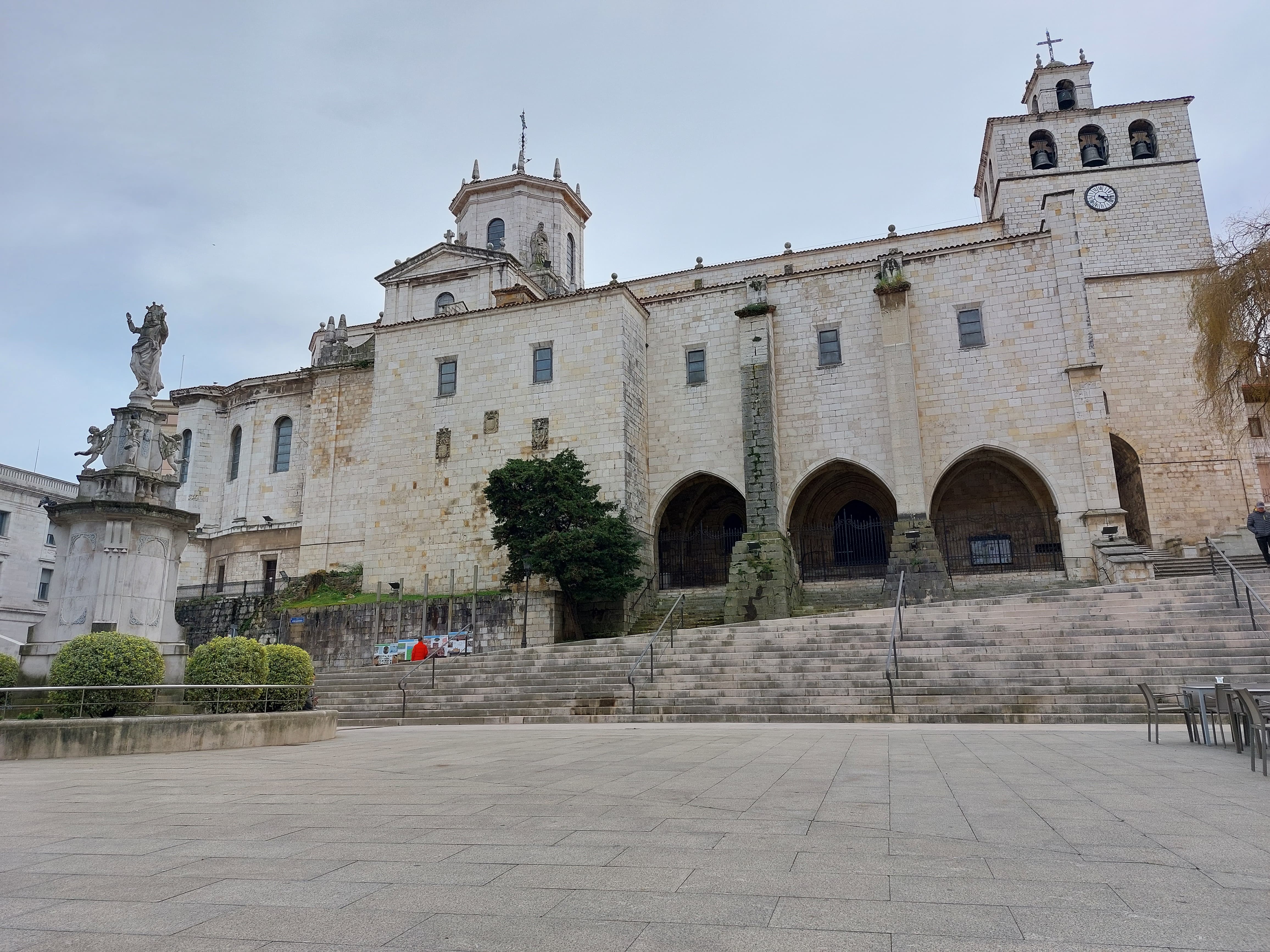
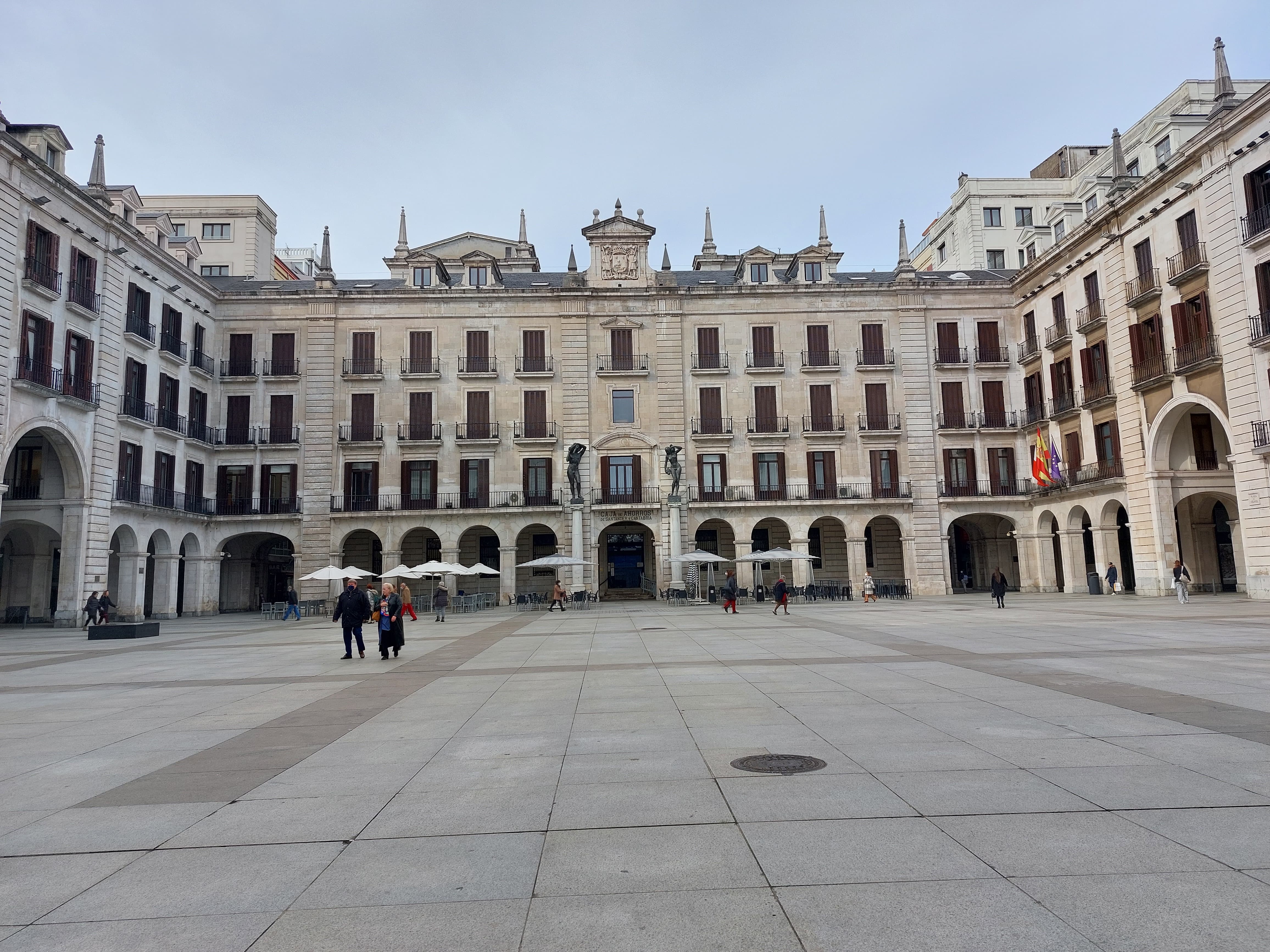
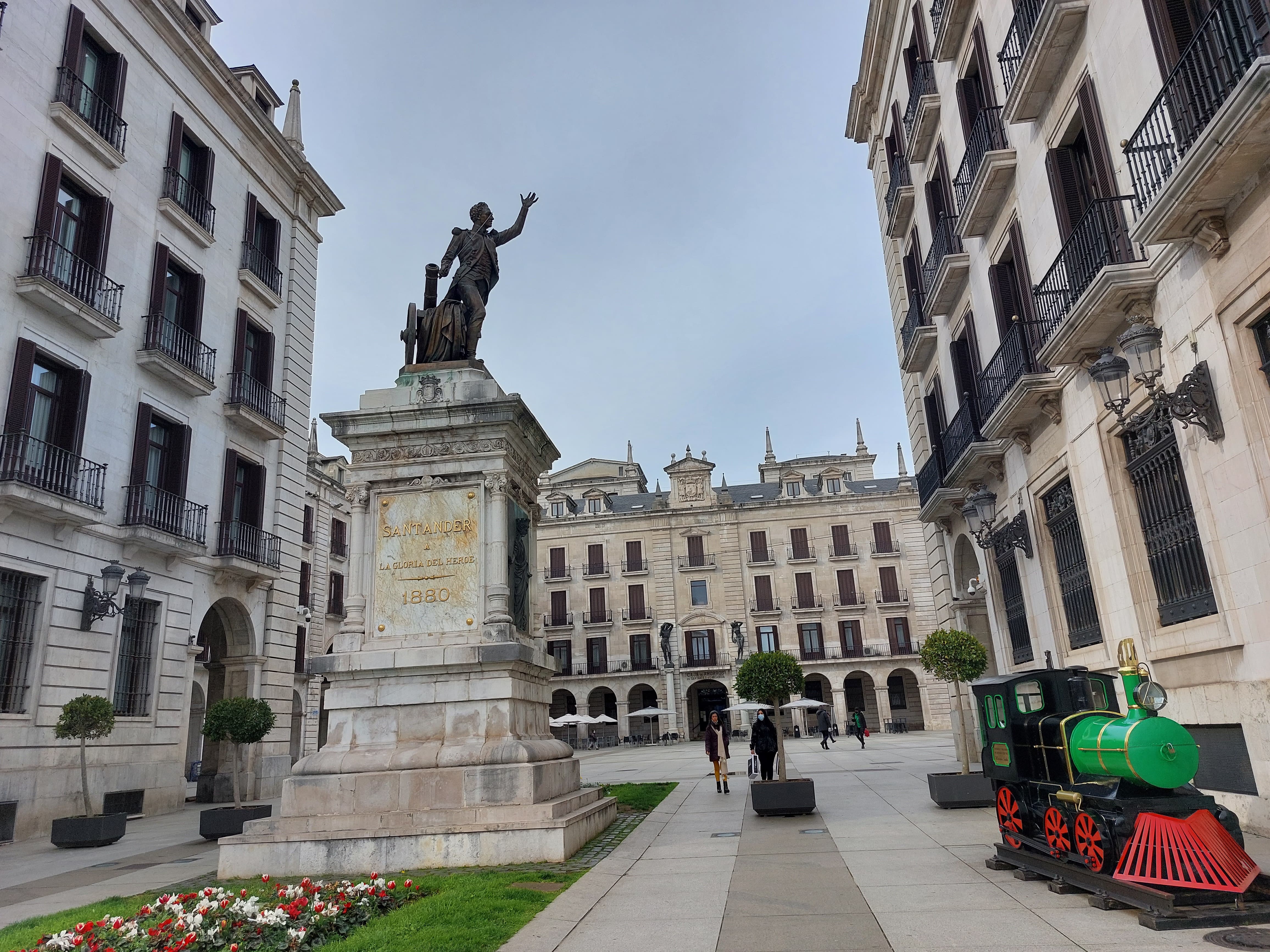
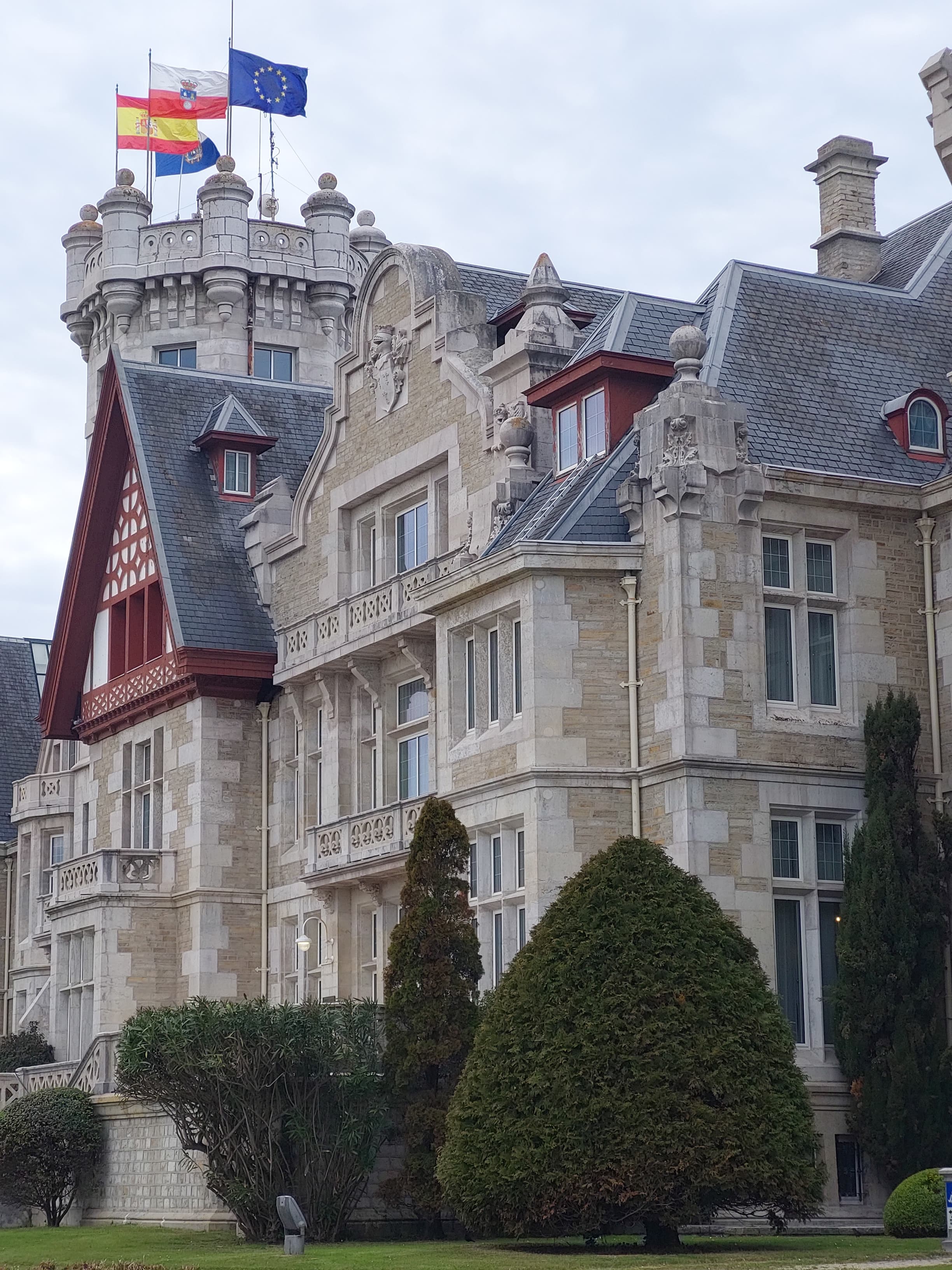
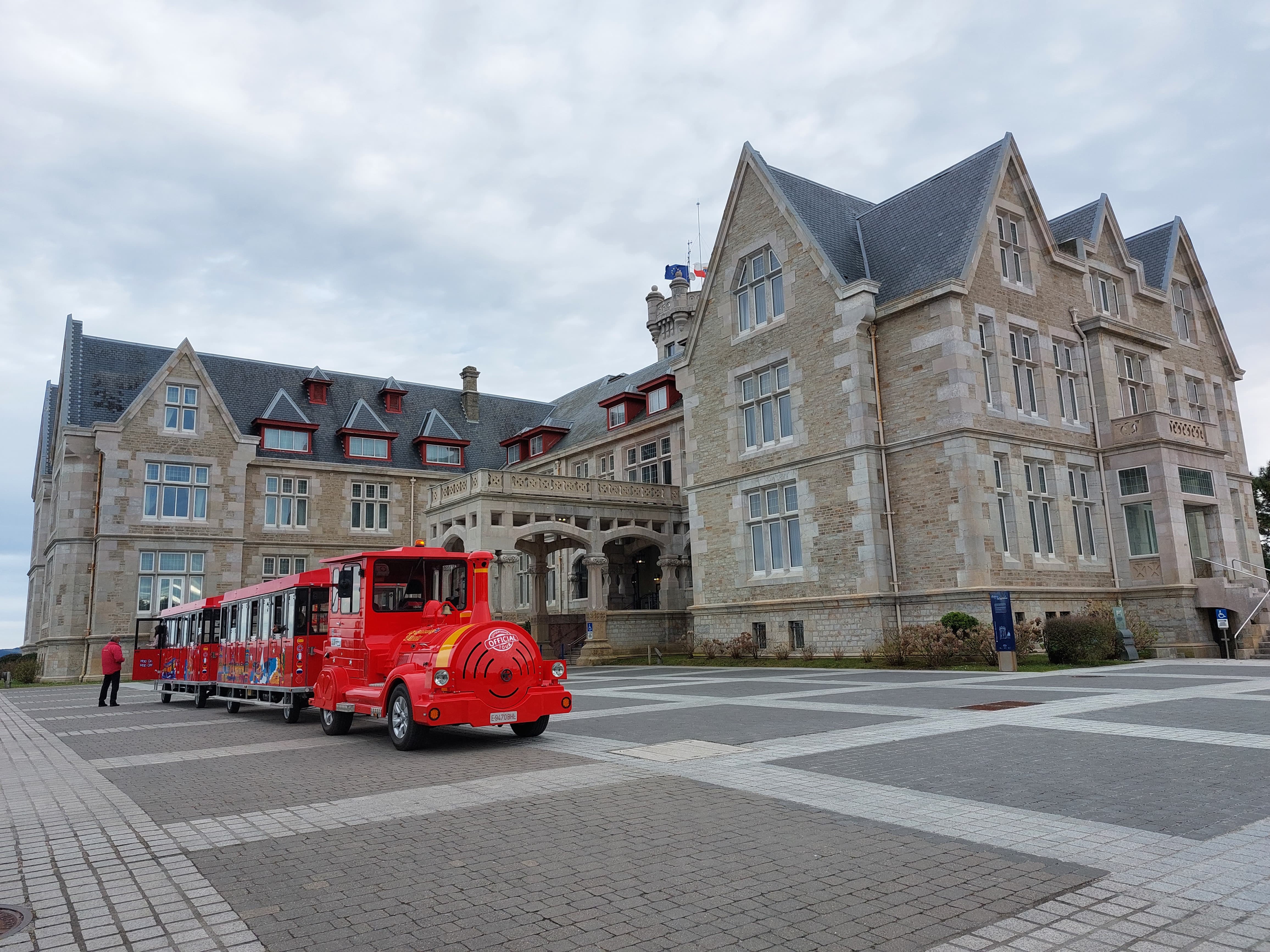
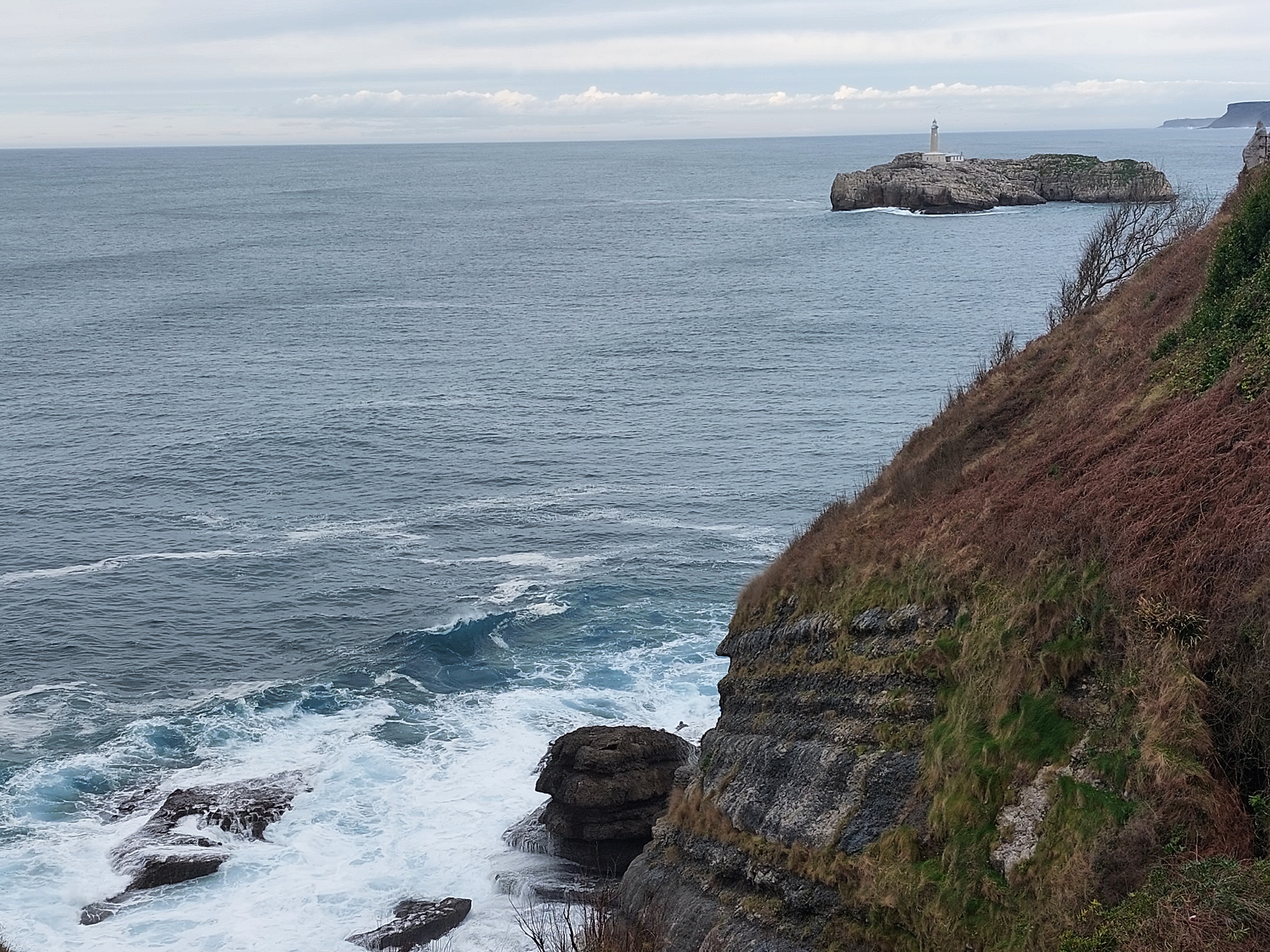
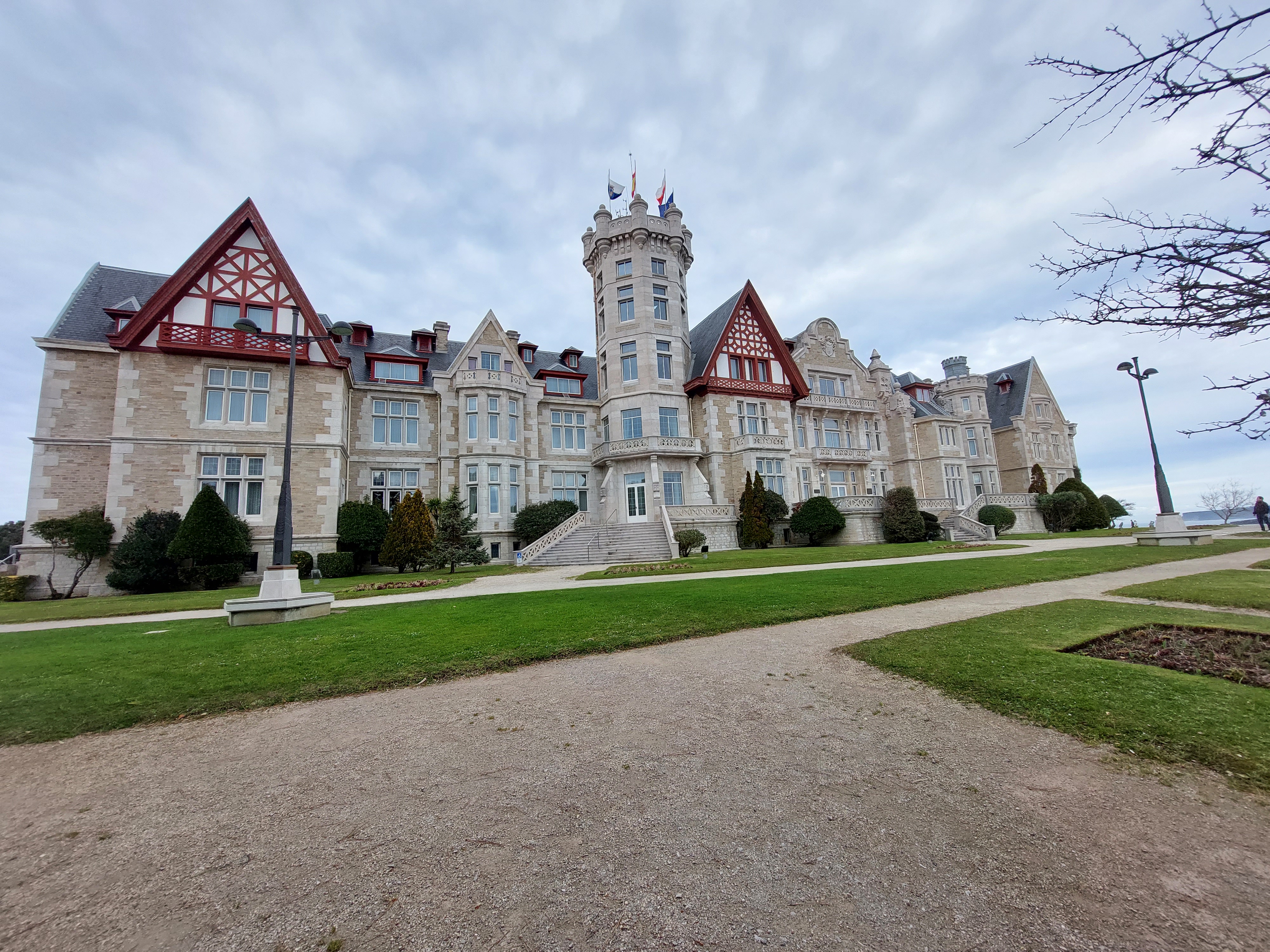
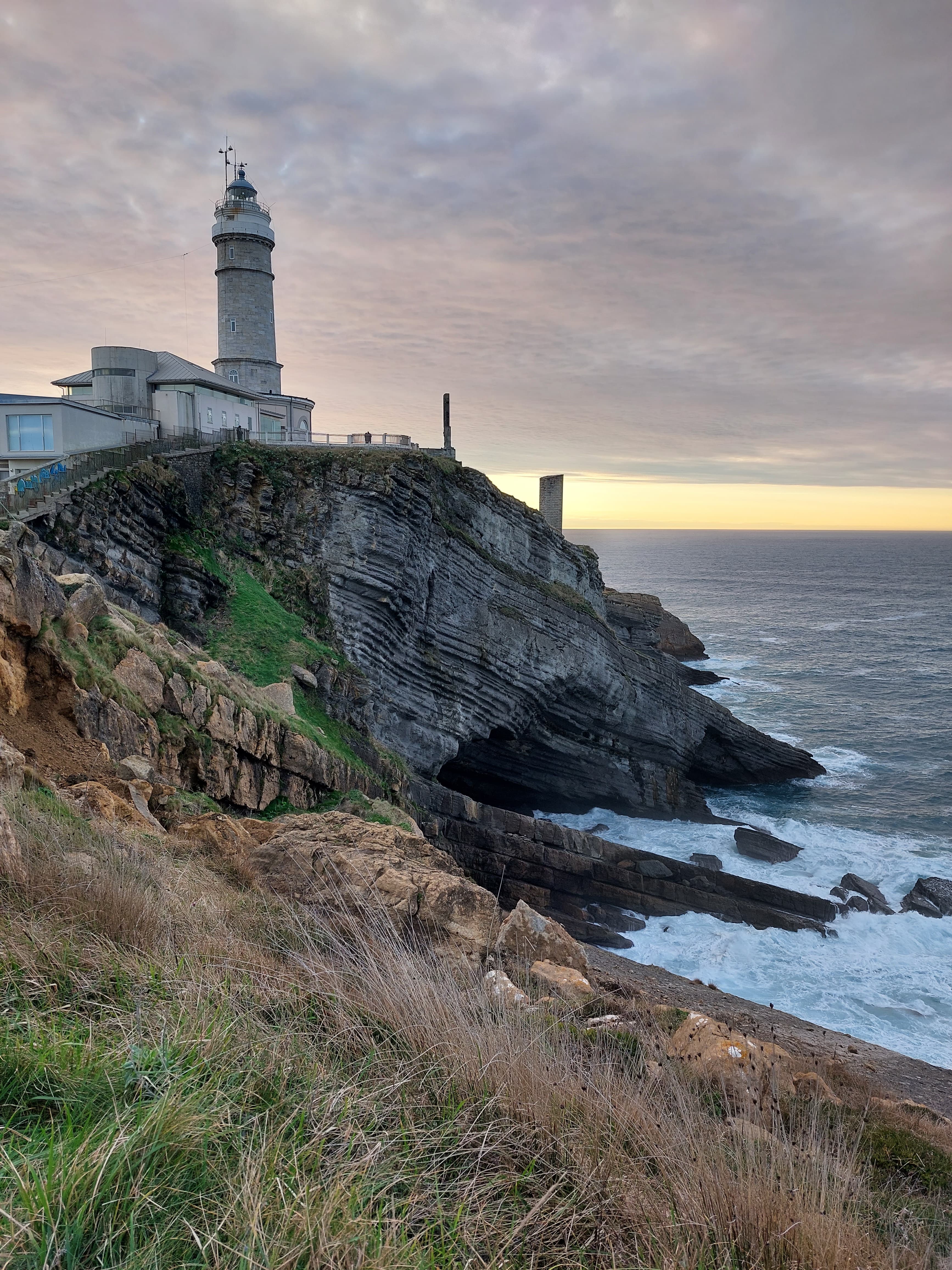
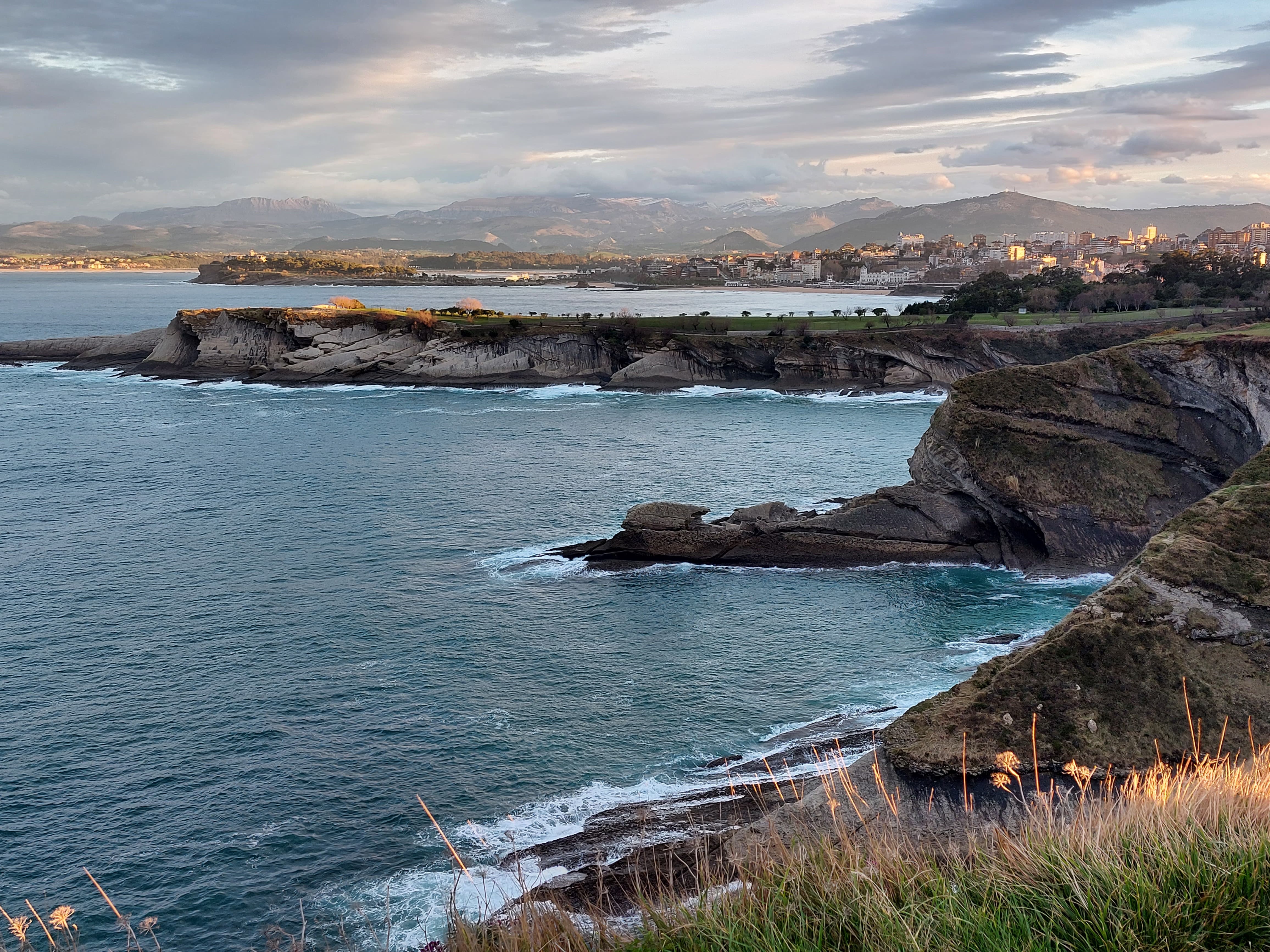
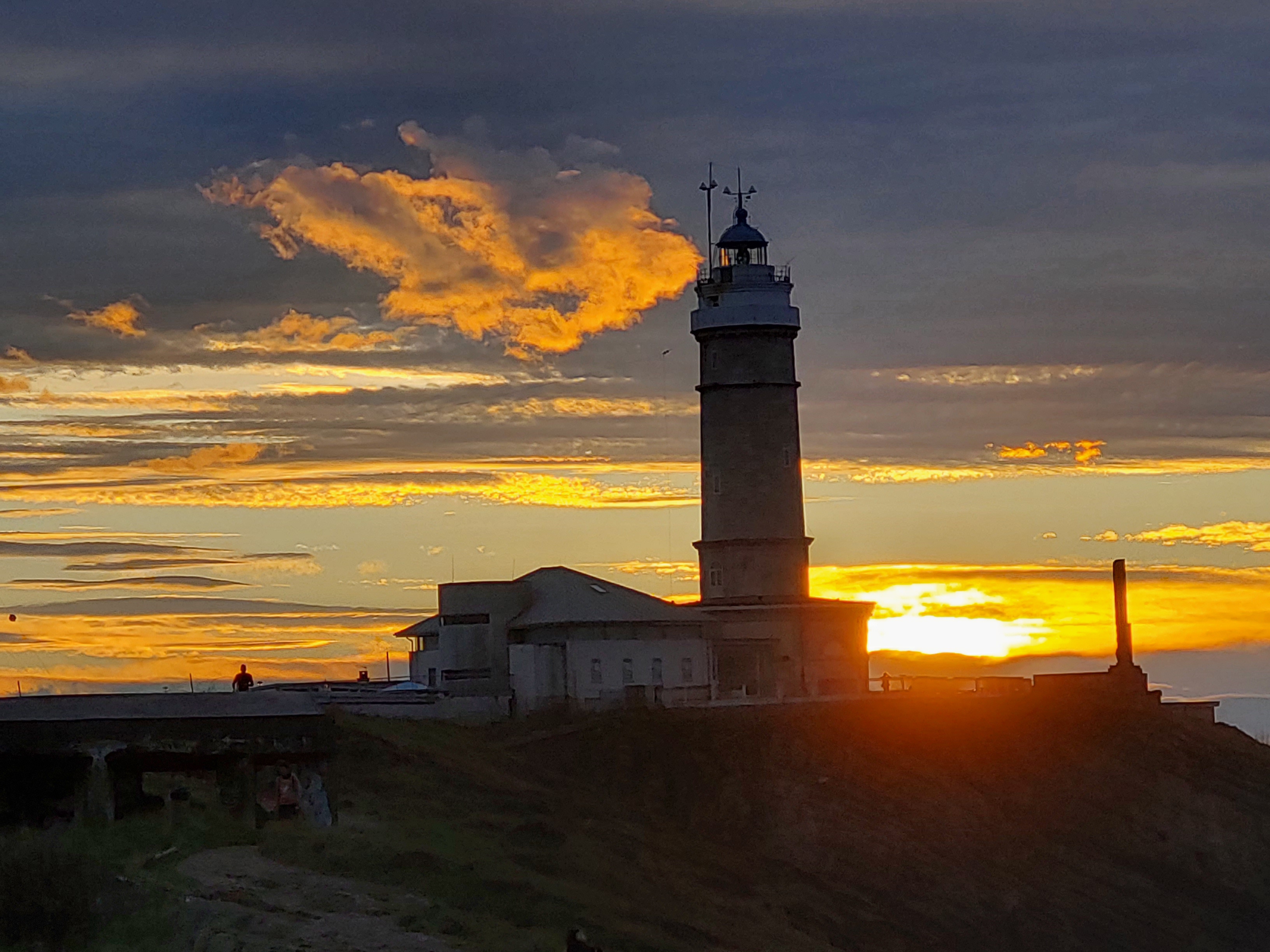
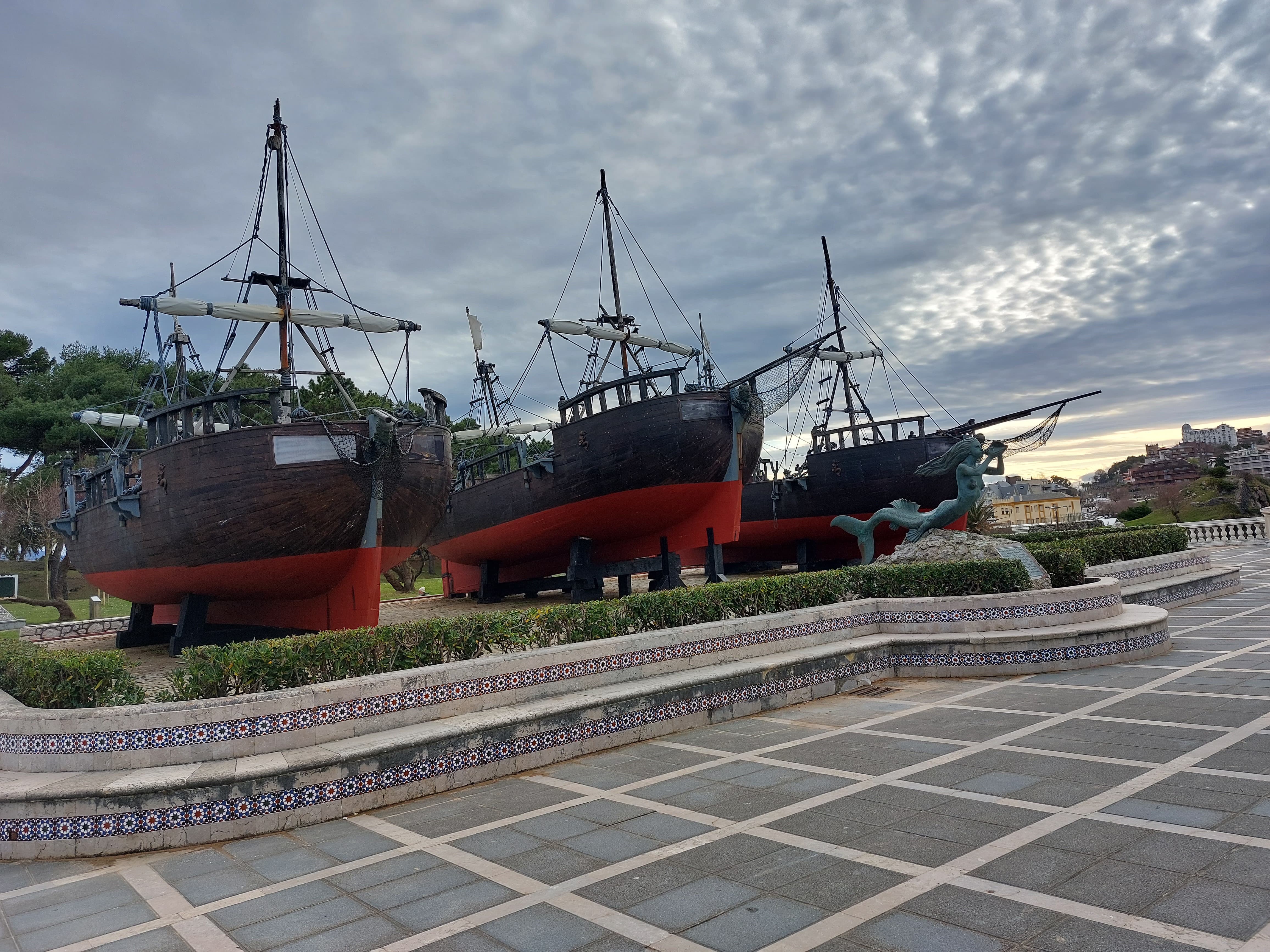
From Santander we headed Bilbao, a city located in the Basque Country region. It is known for its rich culture and history, as well as its modern architecture and thriving art scene. There are many things to see and do in Bilbao, including the Guggenheim Museum Bilbao, the most famous attraction in Bilbao and it is a must-see for art and architecture lovers. The museum is home to a large collection of contemporary art, including works by artists such as Jeff Koons and Richard Serra. The building itself, designed by Frank Gehry, is a masterpiece of modern architecture. Also visit the Old Town (Casco Viejo) of Bilbao, a charming area filled with narrow streets, traditional Basque houses, and plenty of pintxos (tapas) bars. It is perfect for a stroll and to discover the Basque culture.
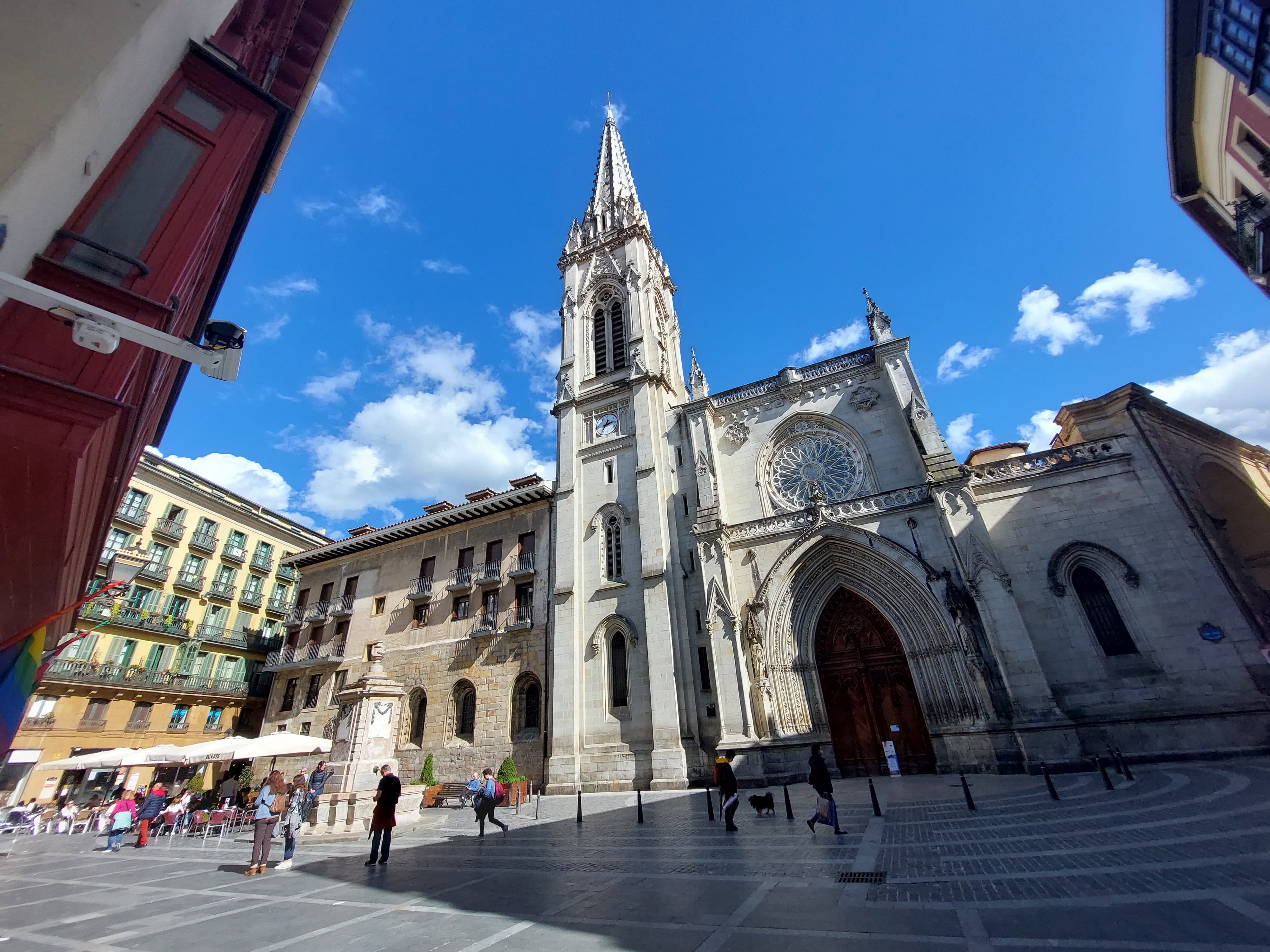
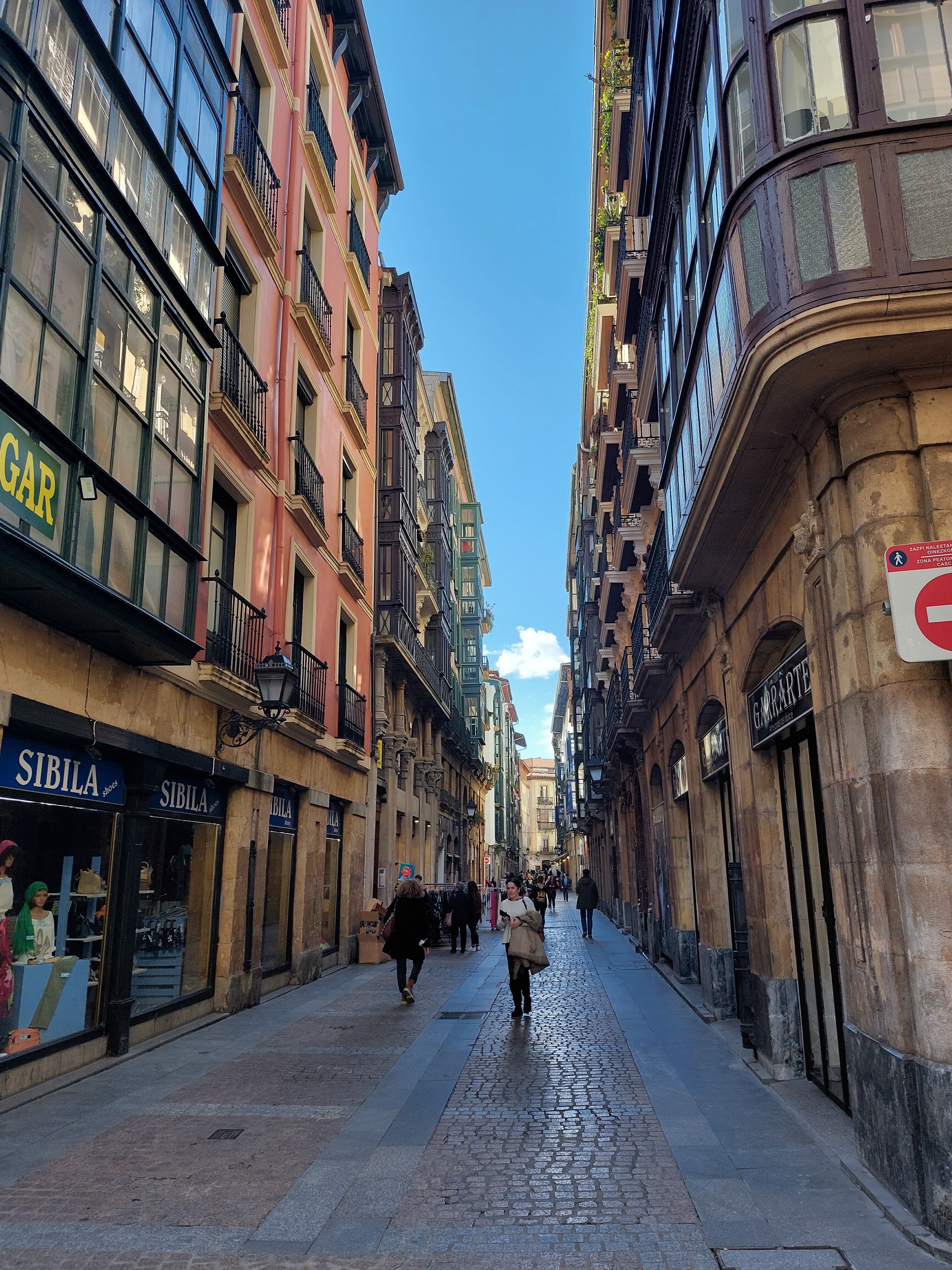
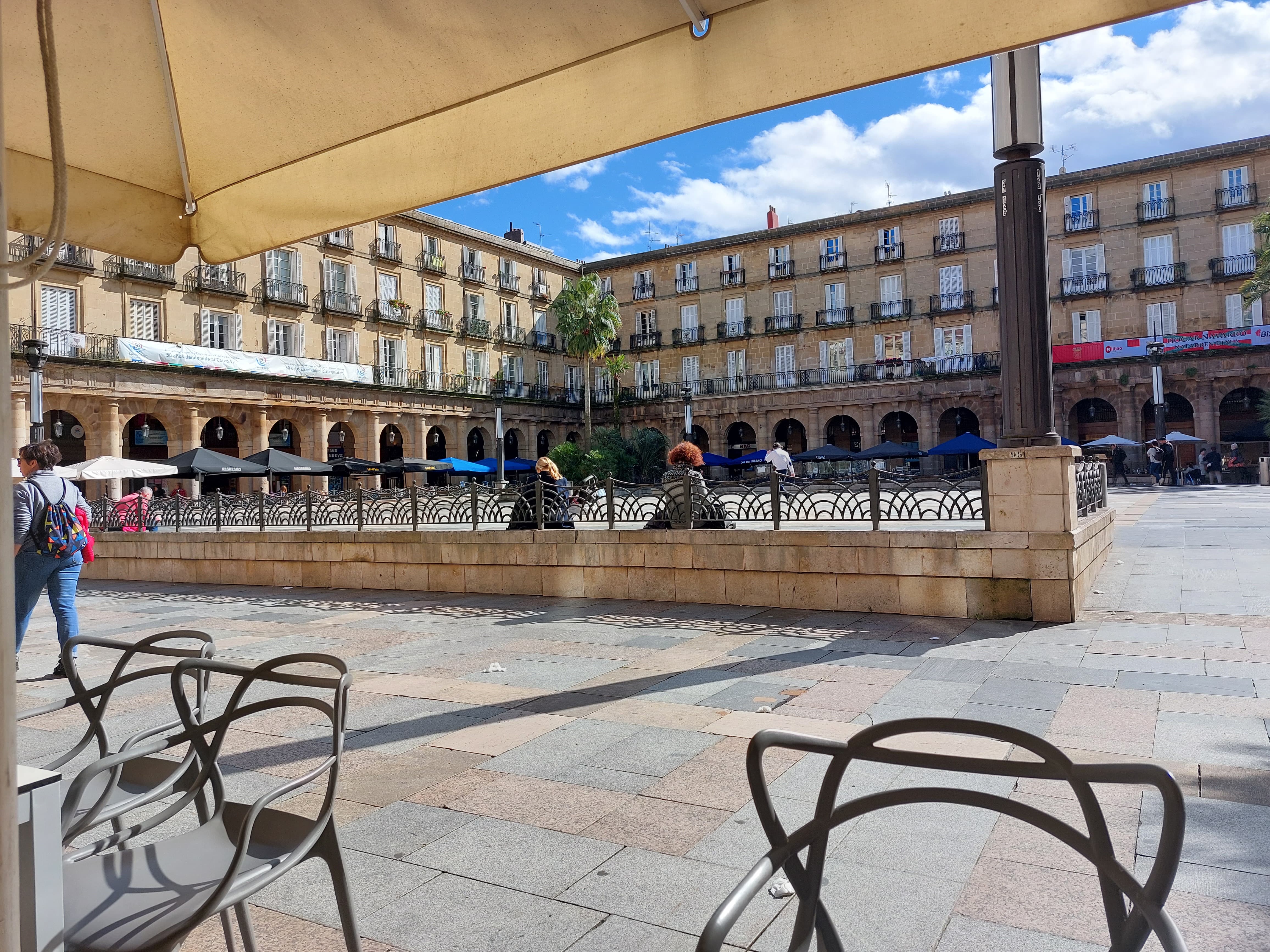
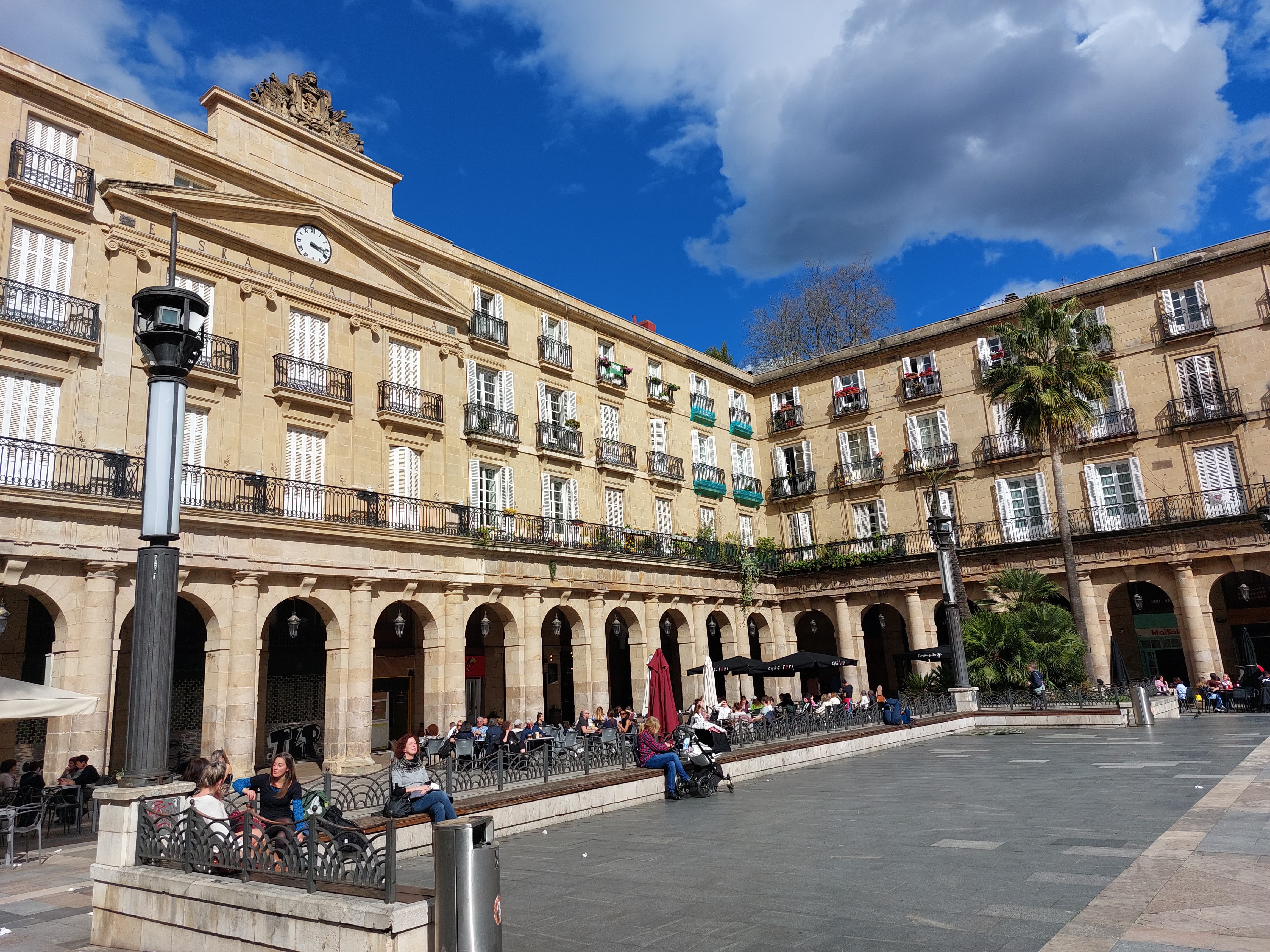
Our next and last stop is the crown juwele of this trip. San Sebastián, also known as Donostia in Basque language, is a city located in the north of Spain, not far from the french border in the Basque Country region. Known for its stunning beaches, delicious cuisine, and rich culture, San Sebastián offers a variety of things to see and do for visitors. Here are some highlights: La Concha Beach: This is one of the most famous beaches in San Sebastián and it’s known for its fine sand and clear waters. Monte Igueldo, a hilltop park that offers panoramic views of the city and the Bay of Biscay. It’s a great place to take a stroll, have a picnic, or enjoy some amusement park attractions. The Old Town (Parte Vieja), the historic center of San Sebastián filled with narrow streets, traditional Basque houses, and plenty of pintxos (tapas) bars. San Sebastián is famous for its pintxos and the best way to enjoy them is by walking around the Old Town and try different pintxos bars. While you are ther, don’t miss the Cathedral of the Good Shepherd, a beautiful neogothic church that dates back to the 19th century. Inside, you can see impressive stained glass windows and an organ built in 1904 by the French company Cavaille-Coll.
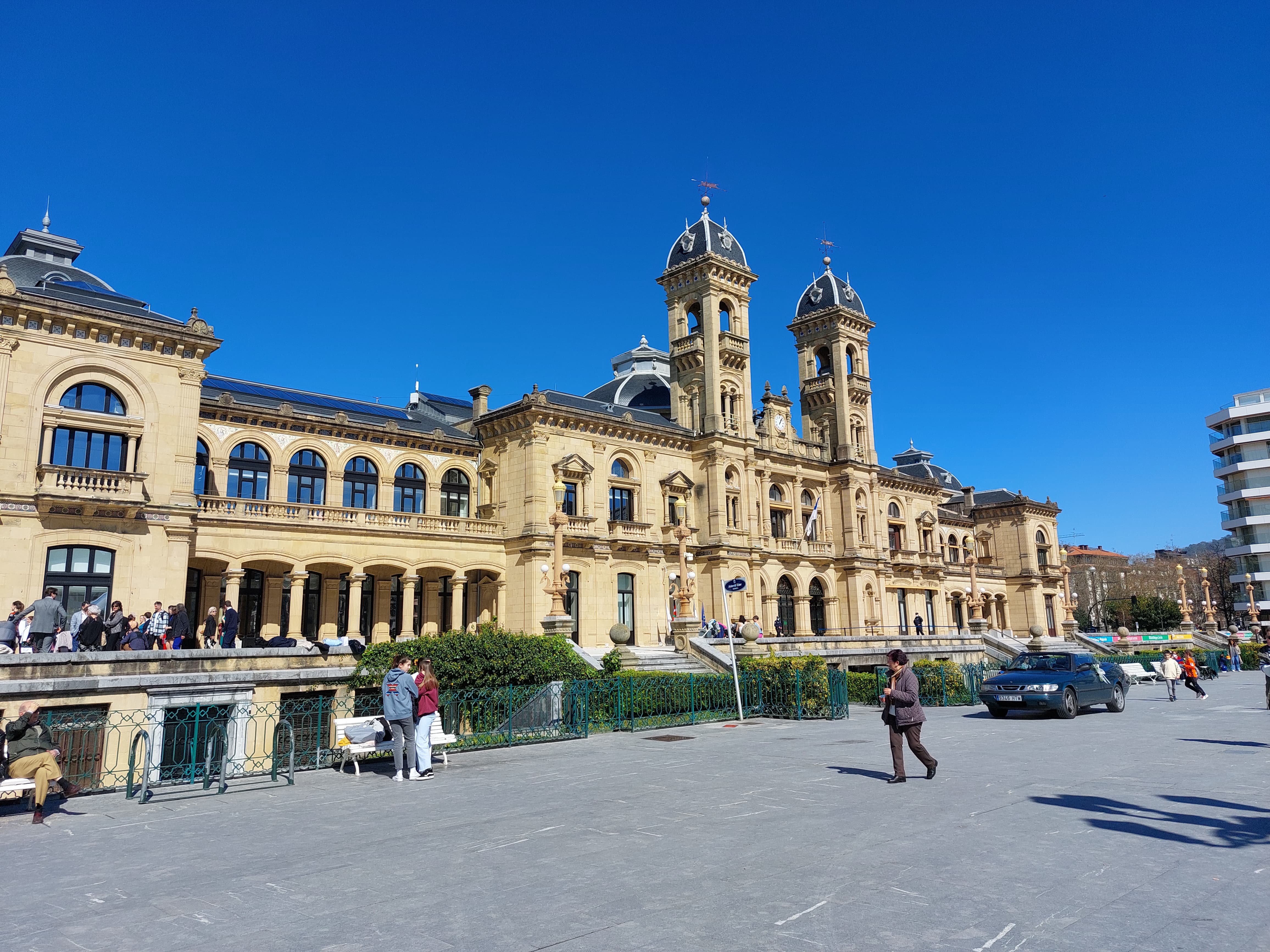
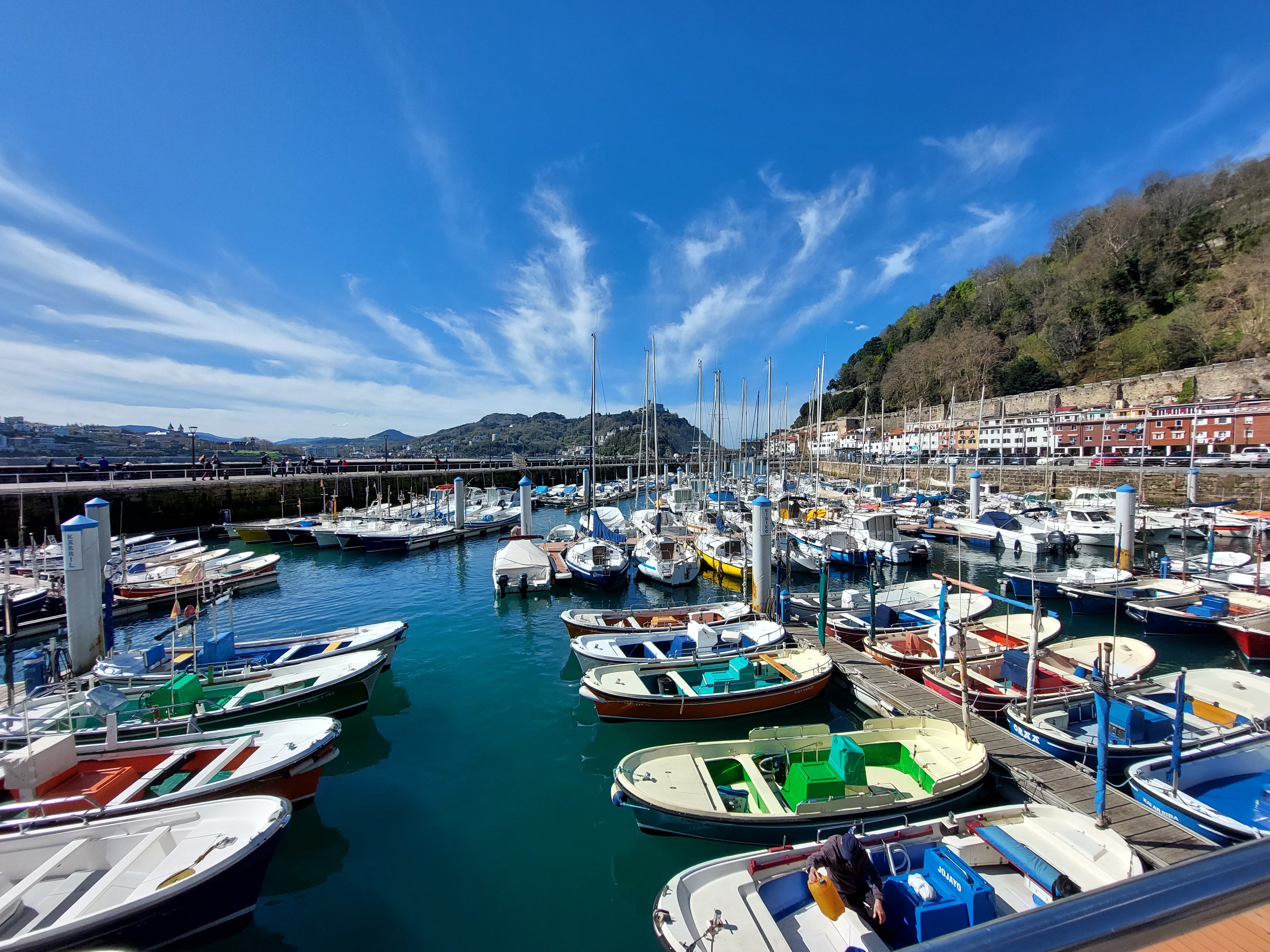
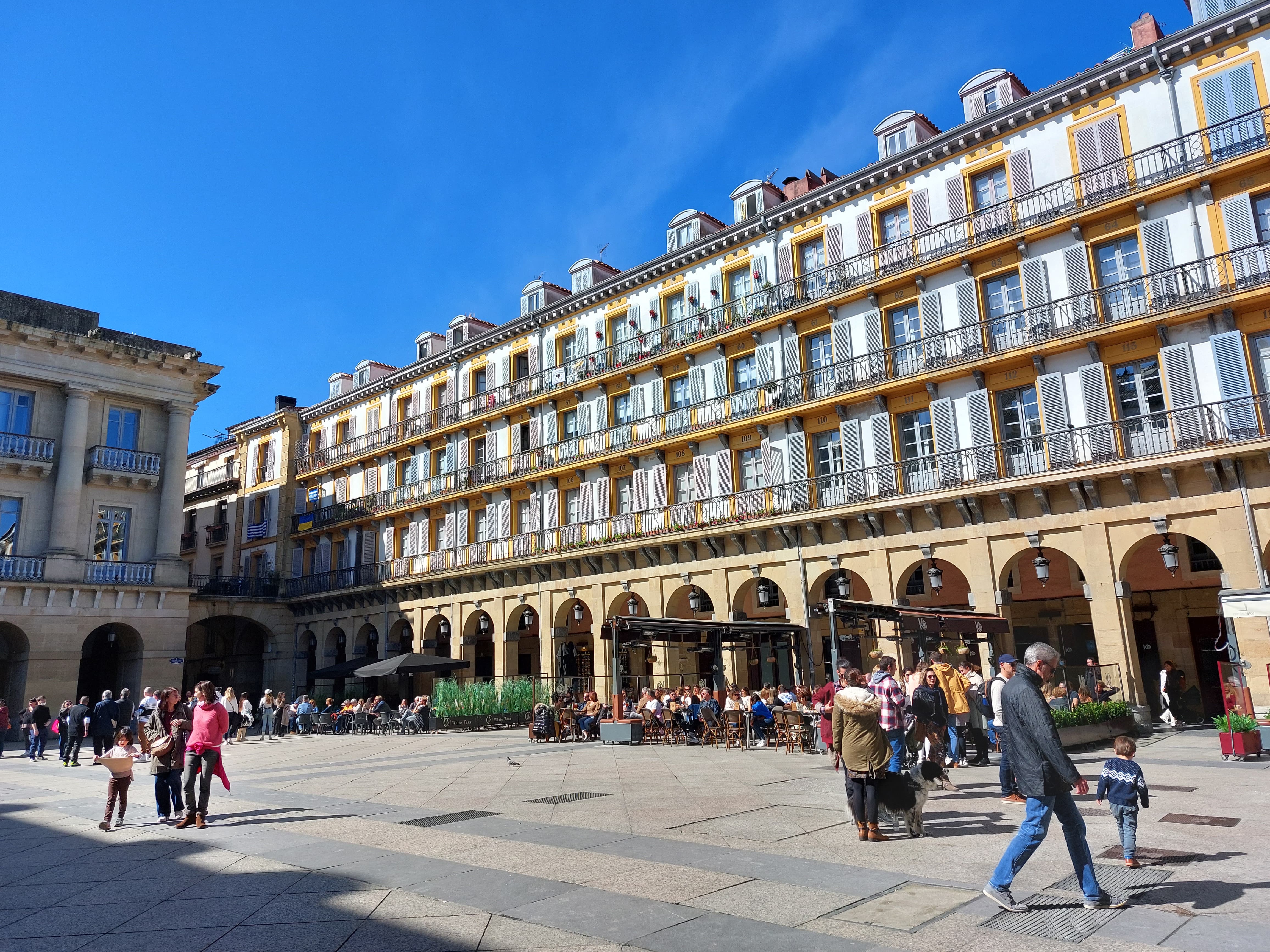
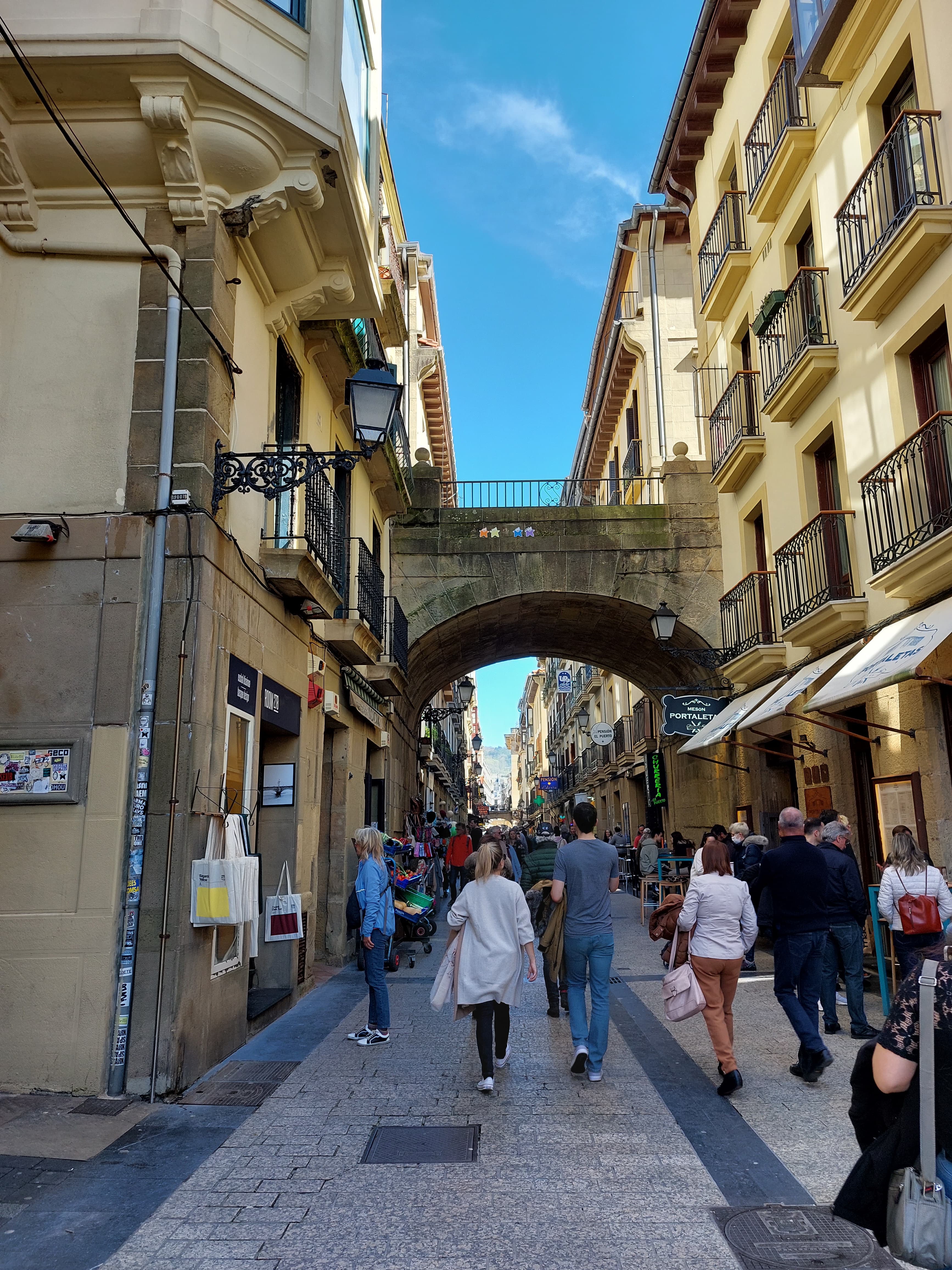
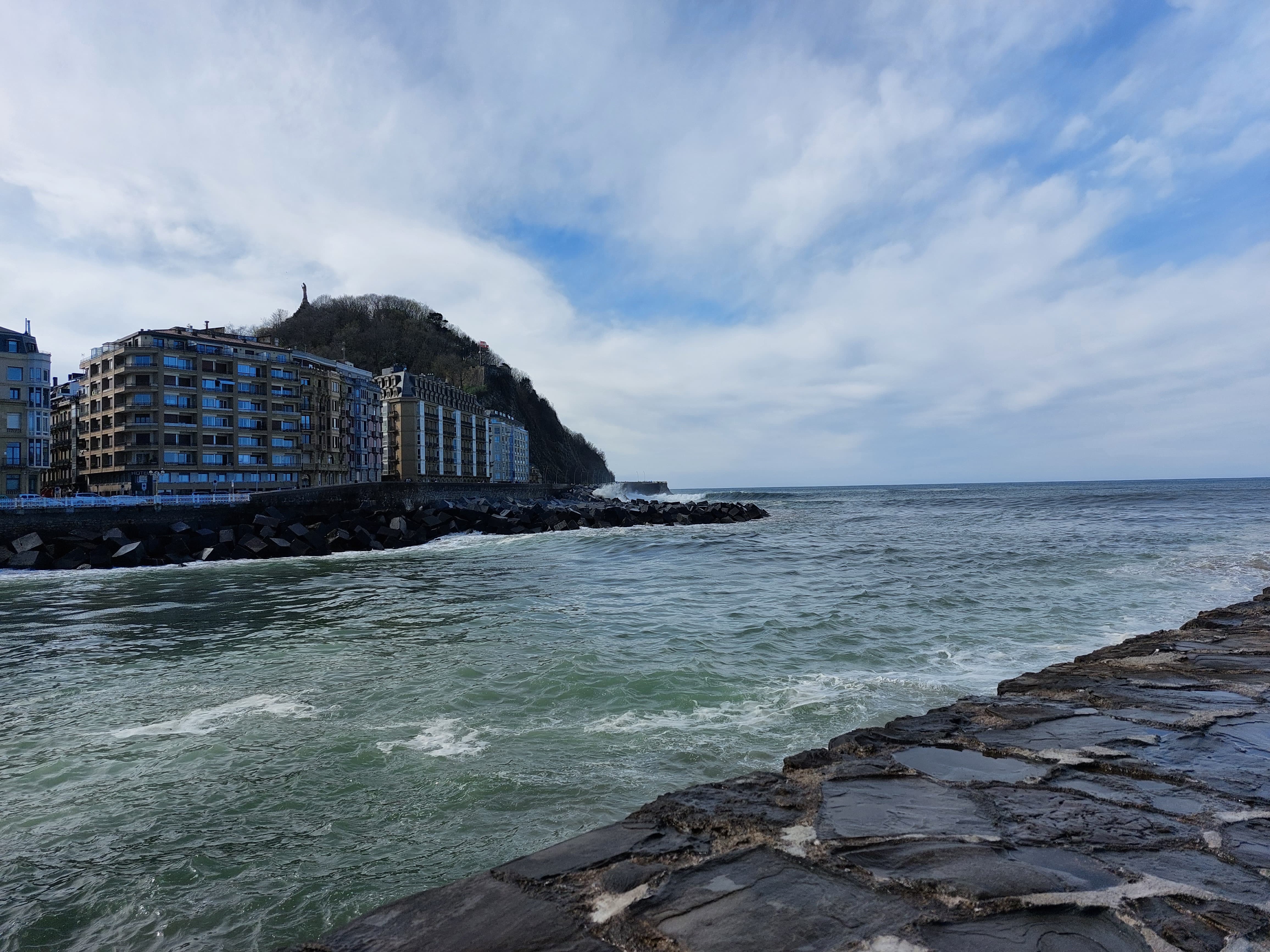
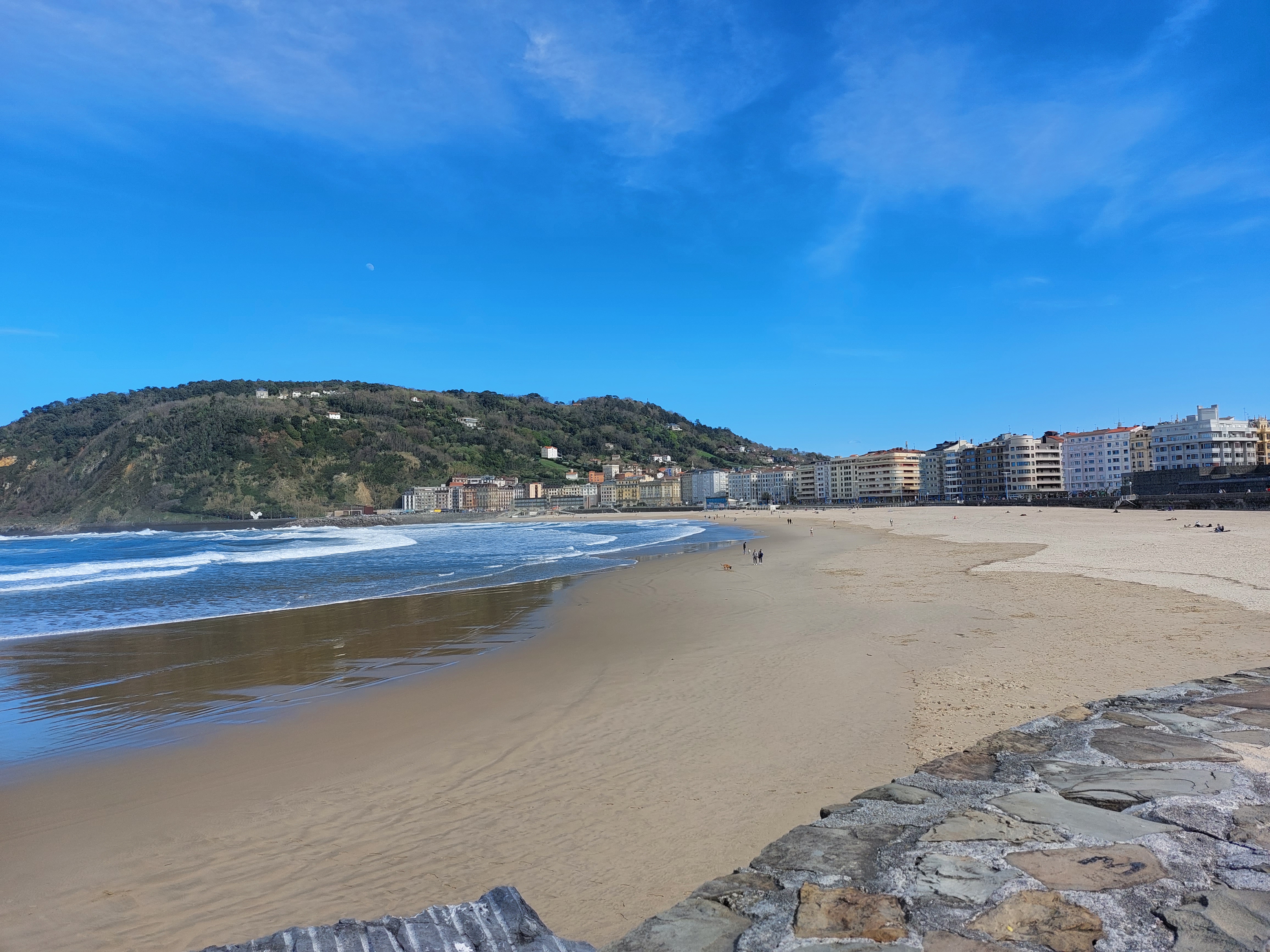
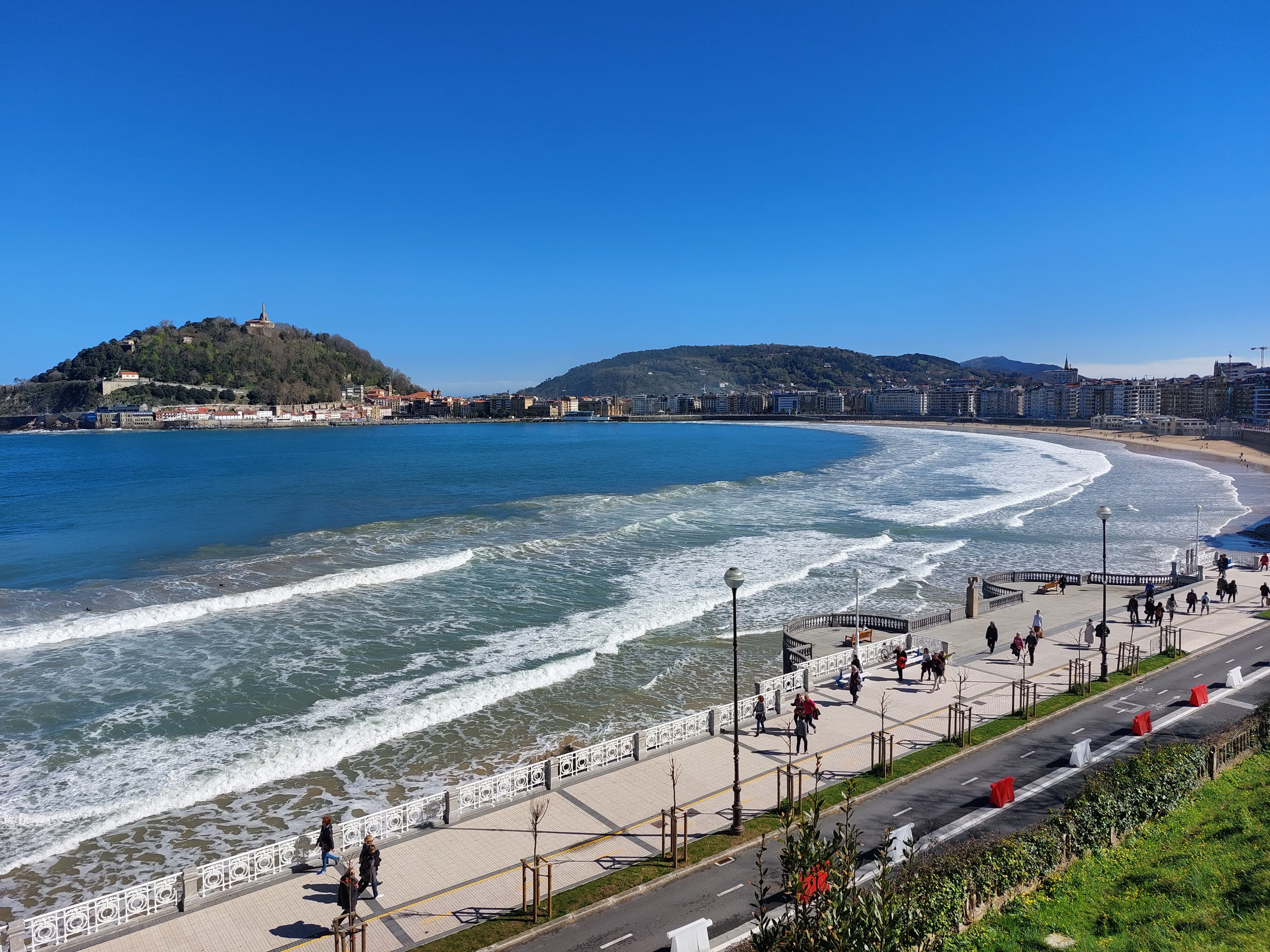
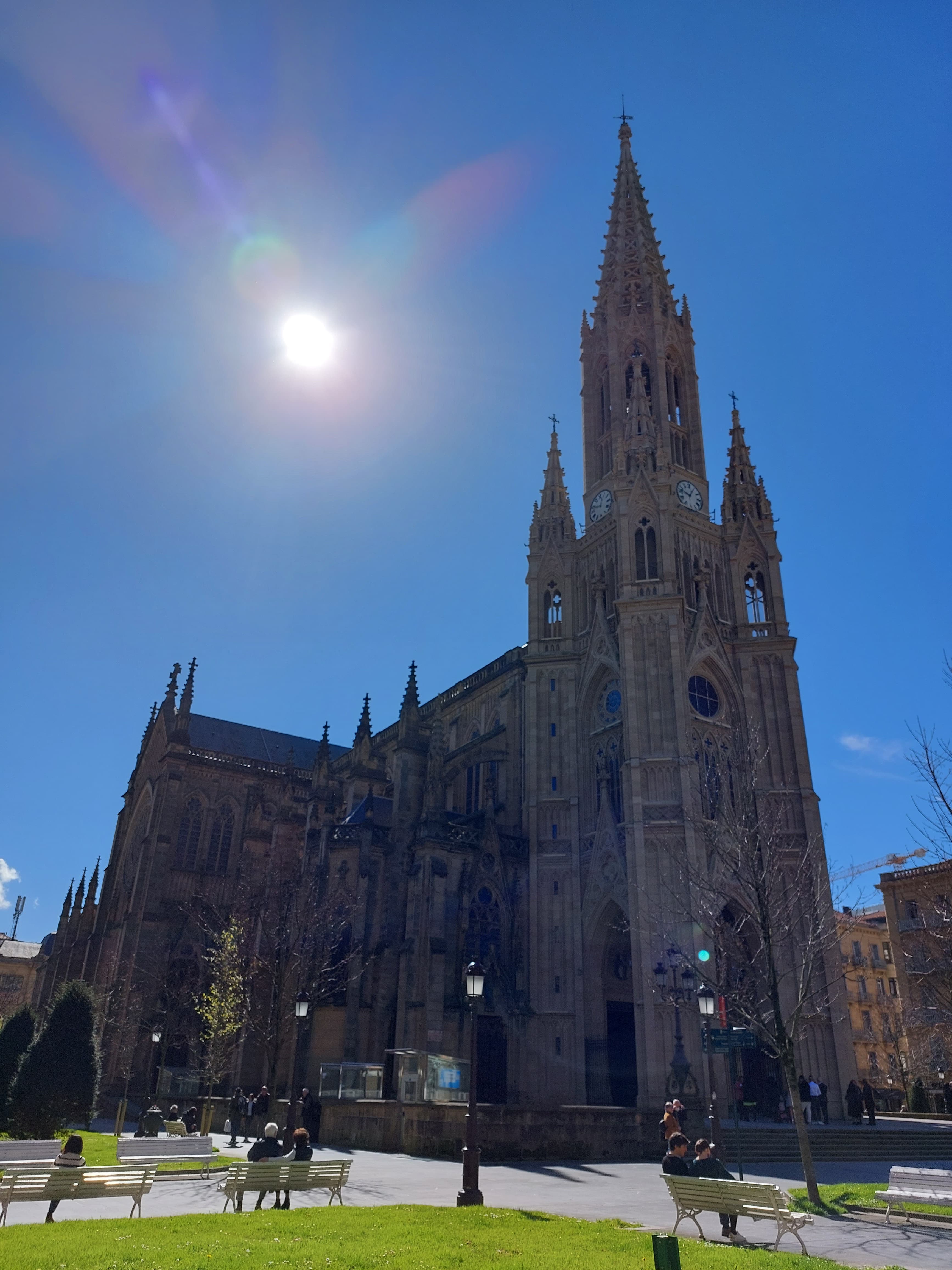
The long way back to Madrid, over five hours drive, required a stop. We decided to spend the night at Segovia, a city located in the central region of Spain, about one hour short of Madrid. Segovia is known for its well-preserved Roman and Medieval architecture, its rich history, and delicious cuisine. Here are some highlights of Segovia: The Roman Aqueduct: This is one of the most famous landmarks of Segovia, it’s a well-preserved Roman aqueduct that dates back to the 1st or 2nd century AD, it is considered one of the best preserved aqueducts in the world and it’s a symbol of the city. The Alcázar of Segovia: This is a medieval fortress located on a hilltop overlooking the city. It’s a beautiful castle that has served as a royal palace, a prison, and a military academy. The Cathedral of Segovia: This is a Gothic-style cathedral that dates back to the 16th century. It’s known for its impressive architectural details and its beautiful cloister. The Old Town (Casco Antiguo): This is the historic center of Segovia and it’s filled with narrow streets, beautiful buildings, and plazas, it’s perfect to take a stroll, try some local food or take some pictures. The Church of San Esteban: This is a Mudéjar-style church that dates back to the 12th century. It’s known for its intricate stone carvings and beautiful frescoes. The “Plaza de la Merced”: This is a charming square located in the old town, surrounded by traditional houses and it’s a good spot to relax and enjoy a coffee a drink or a good meal. Segovia is known for its delicious cuisine, specially famous for its roast suckling pig, “cochinillo asado”, and also for its traditional pastry “yemas de Santa Teresa”.
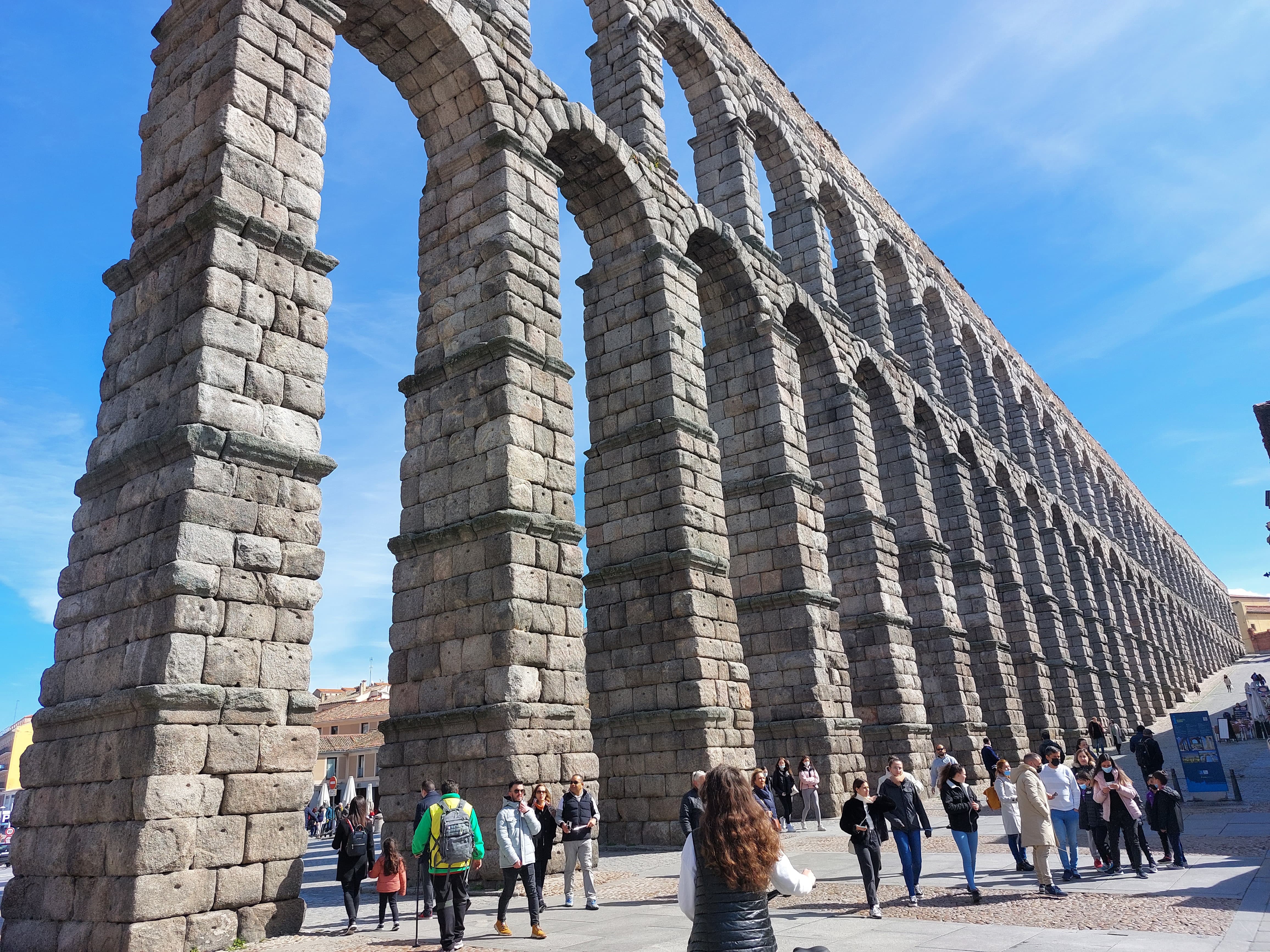
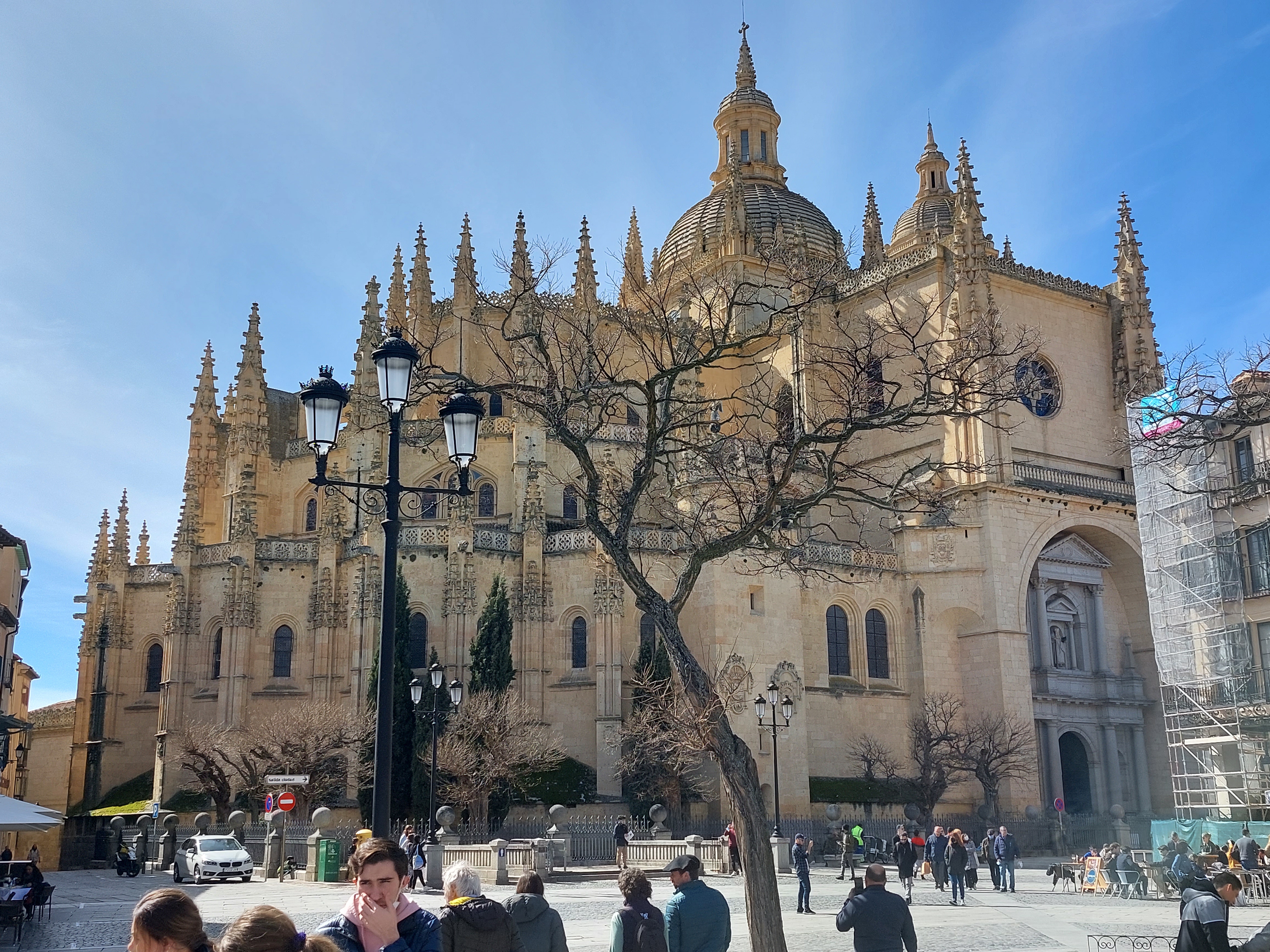
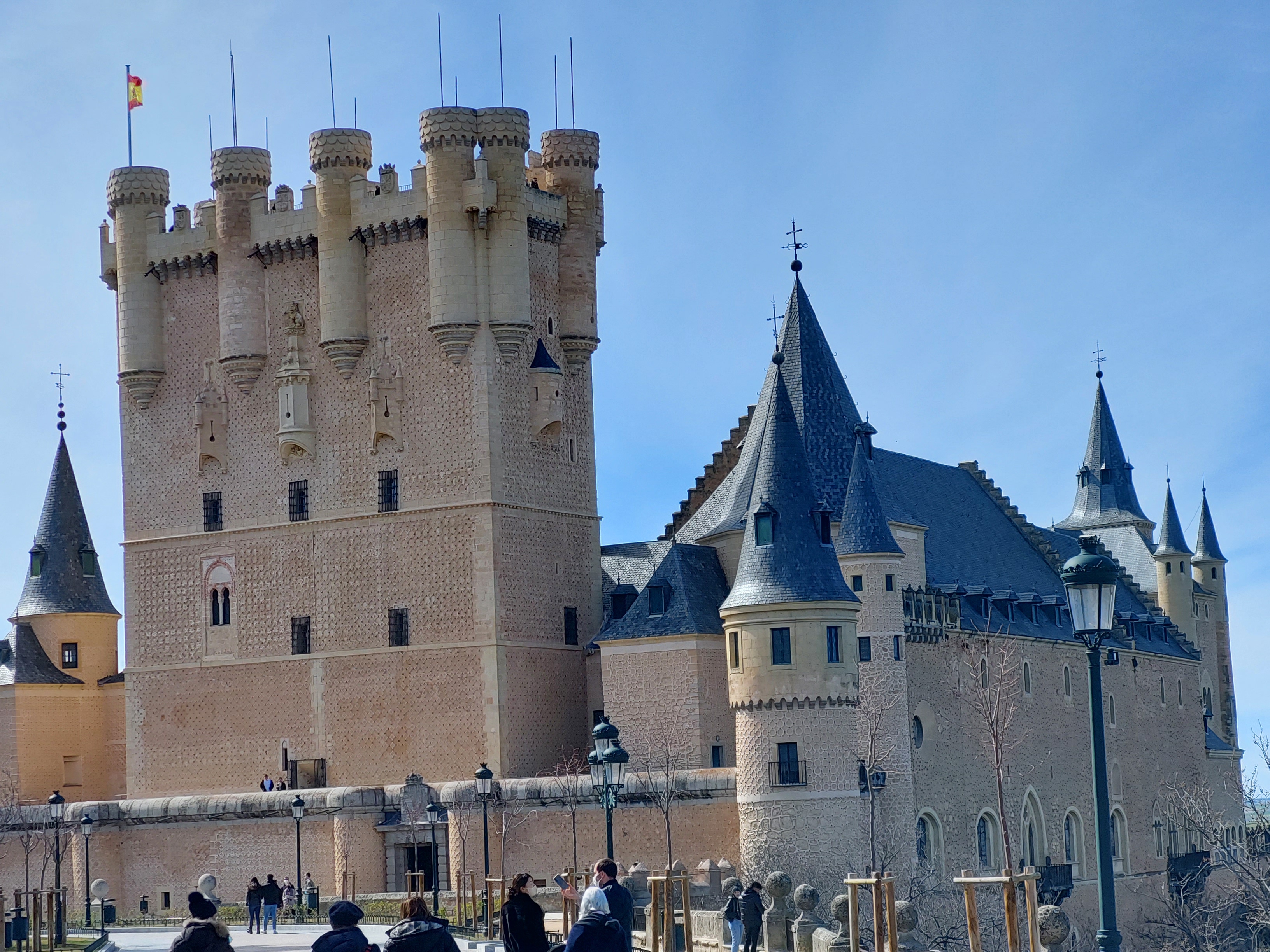

Add A Comment